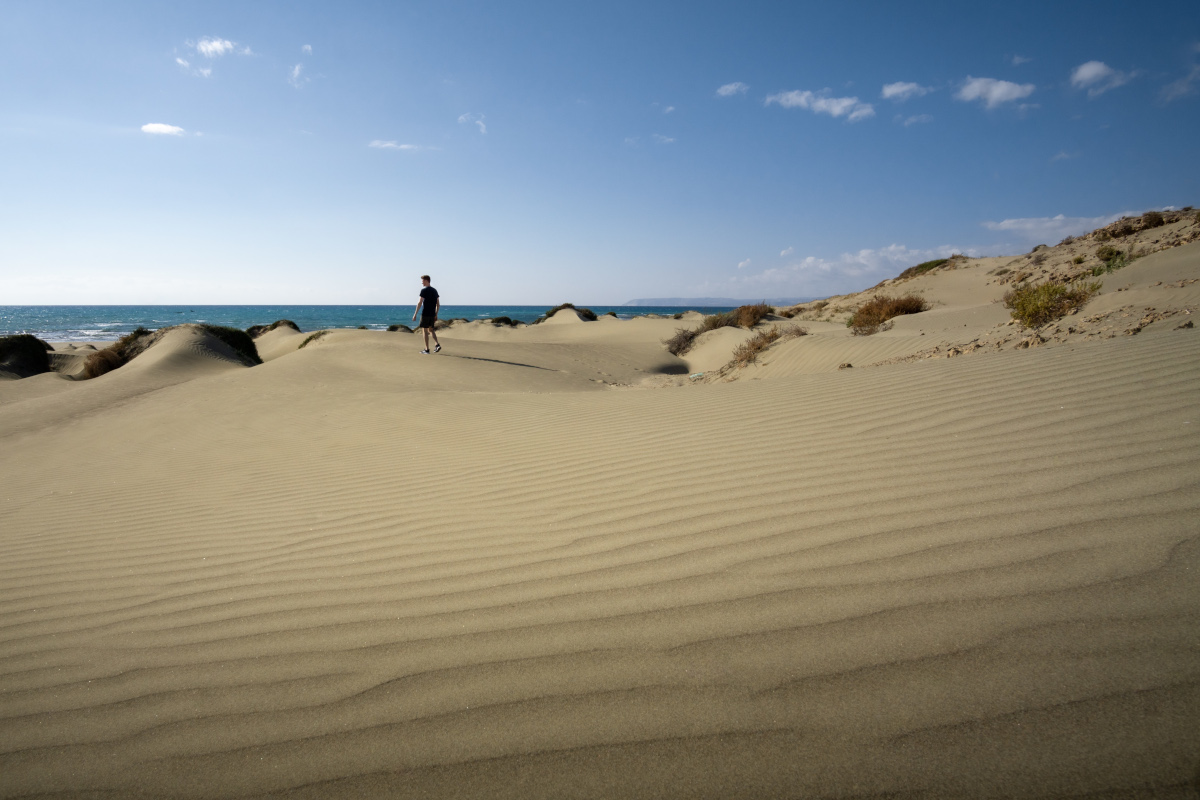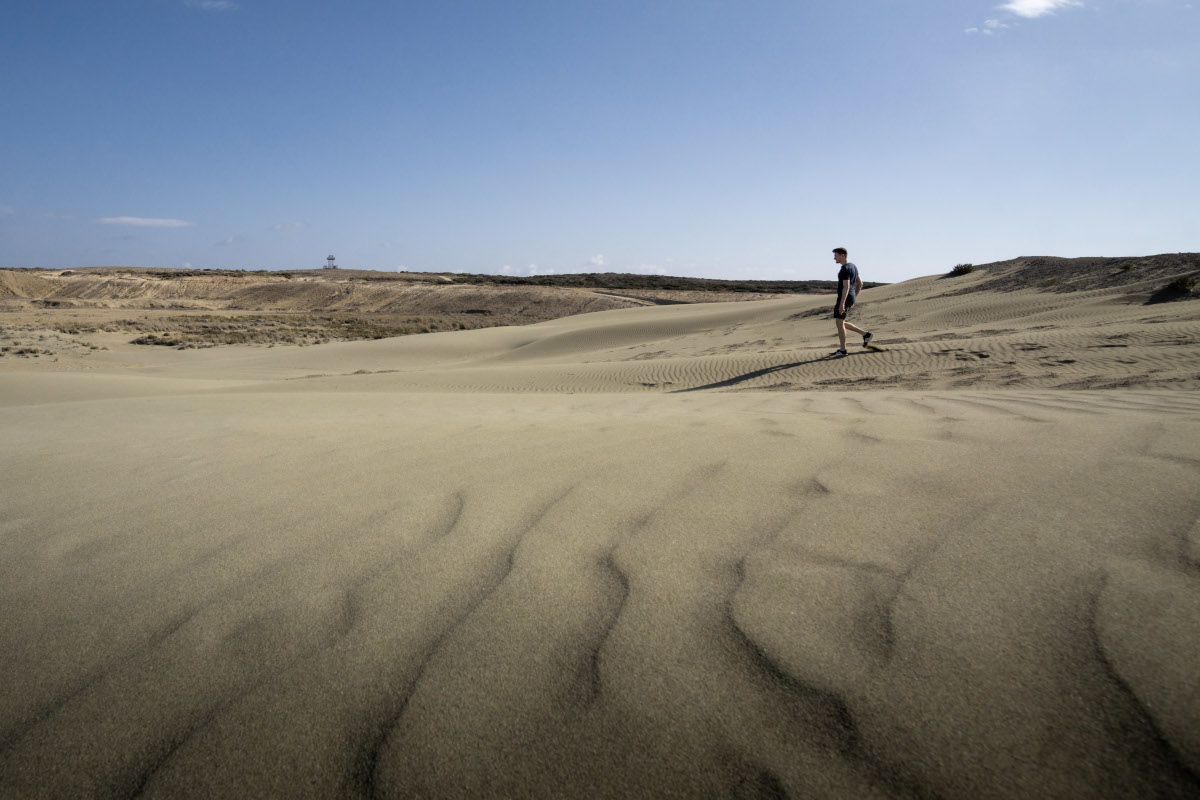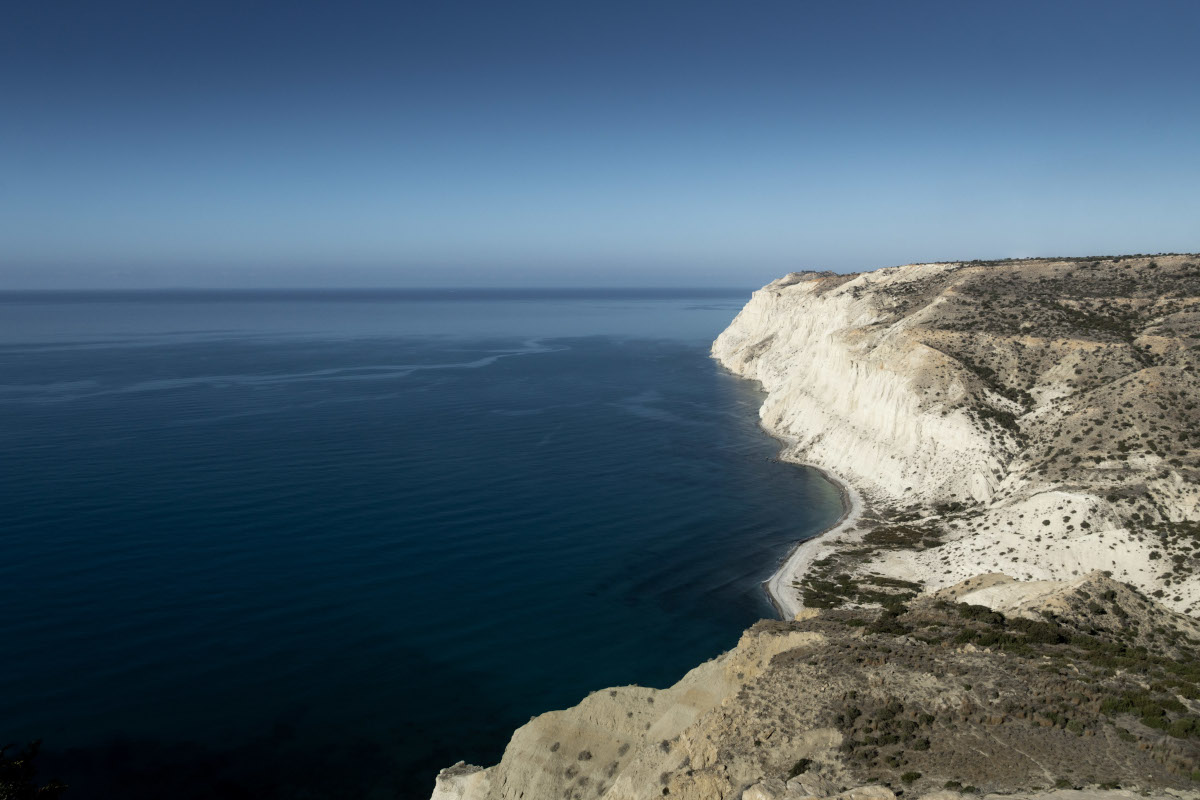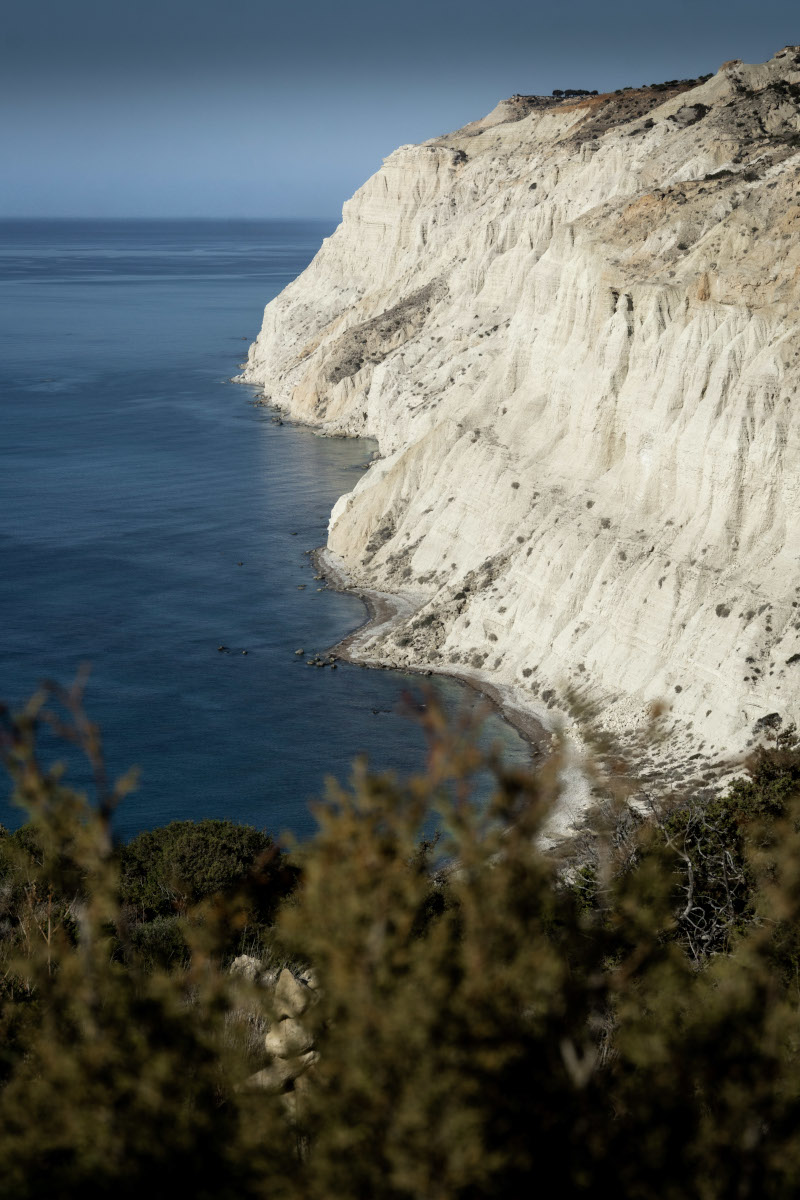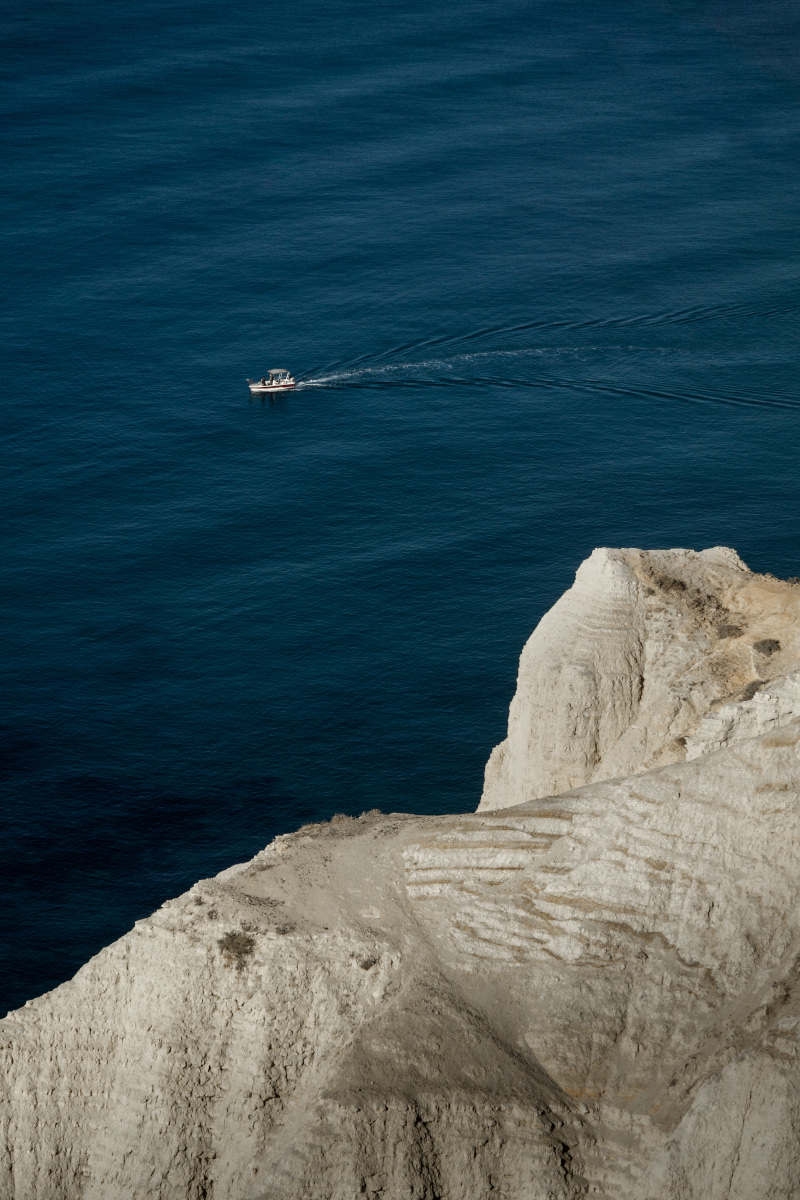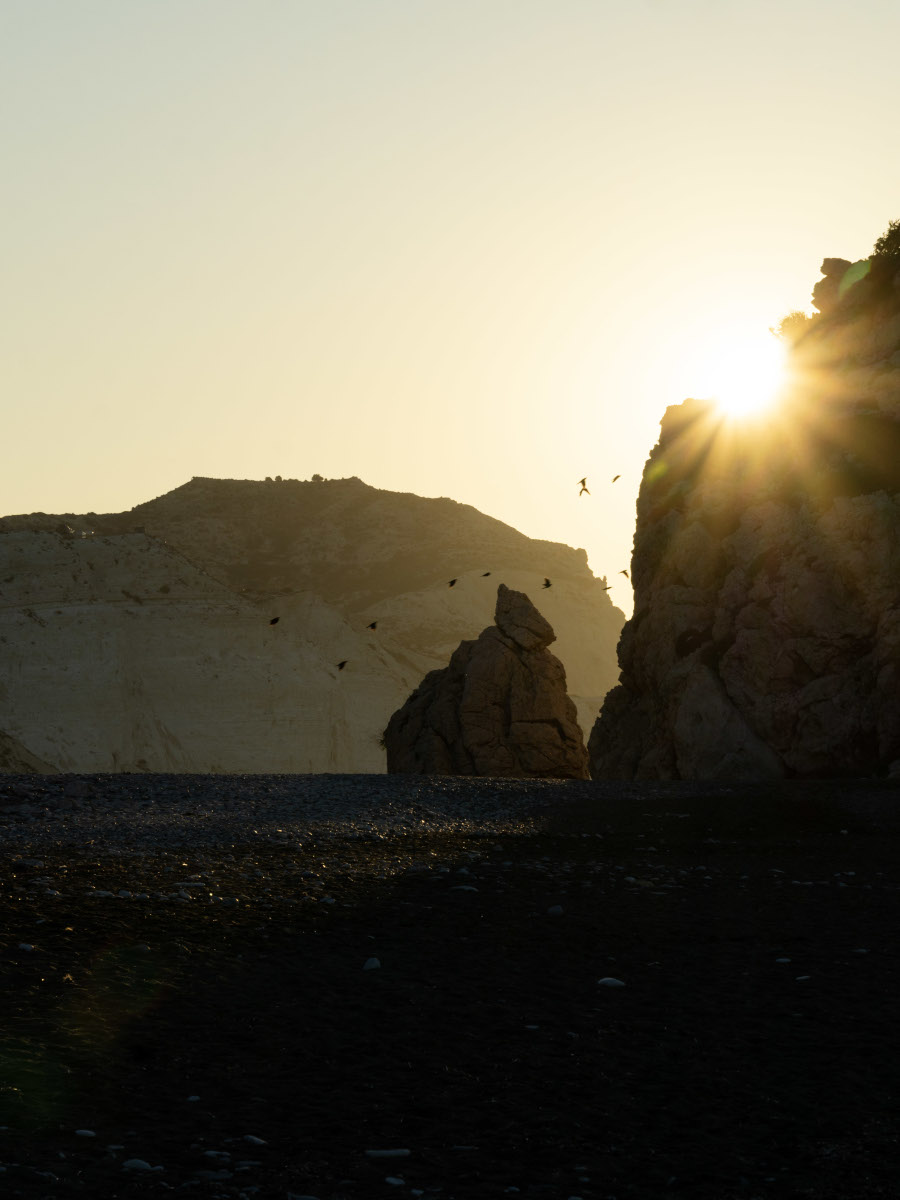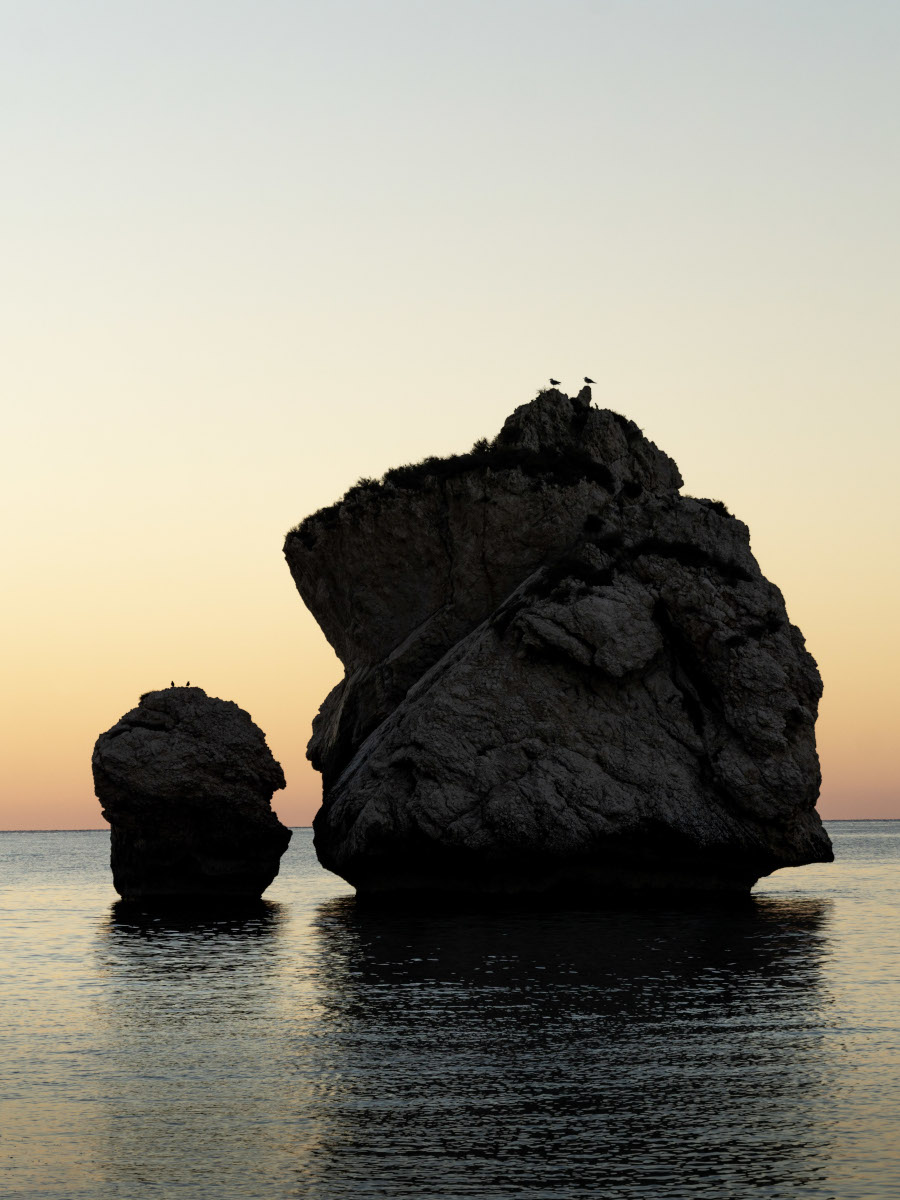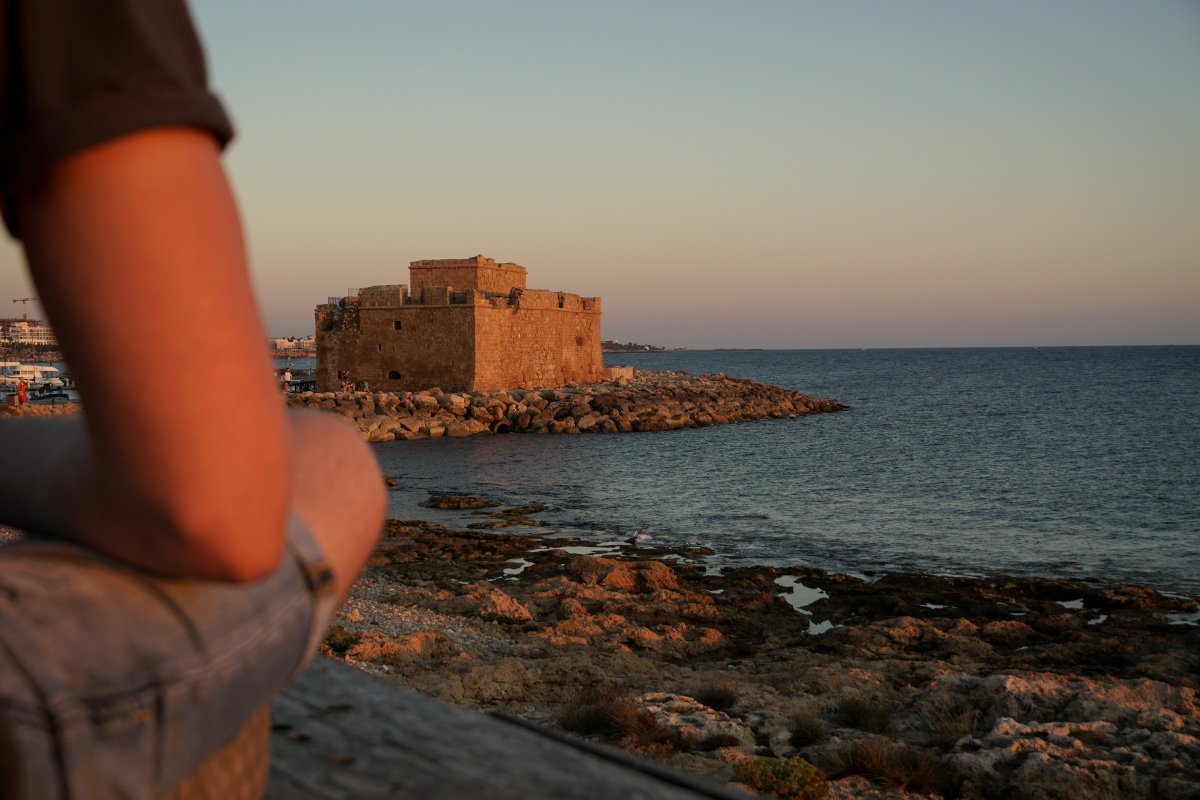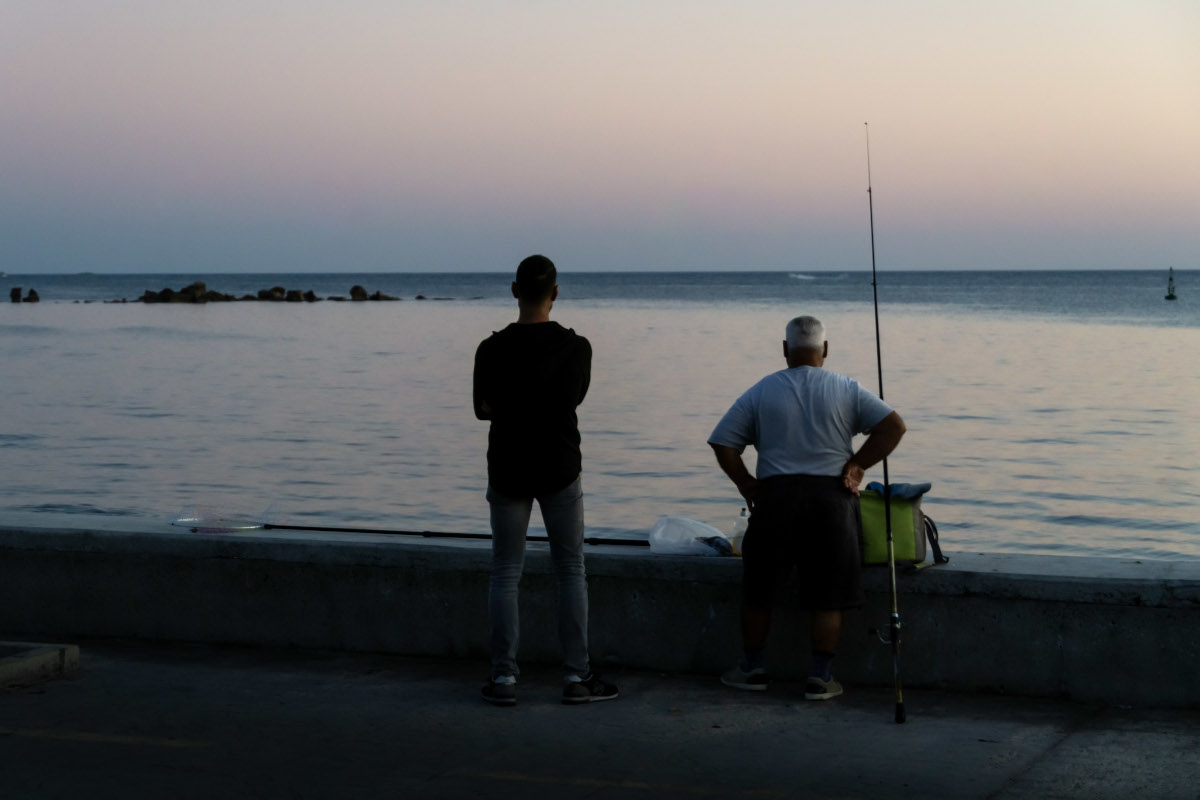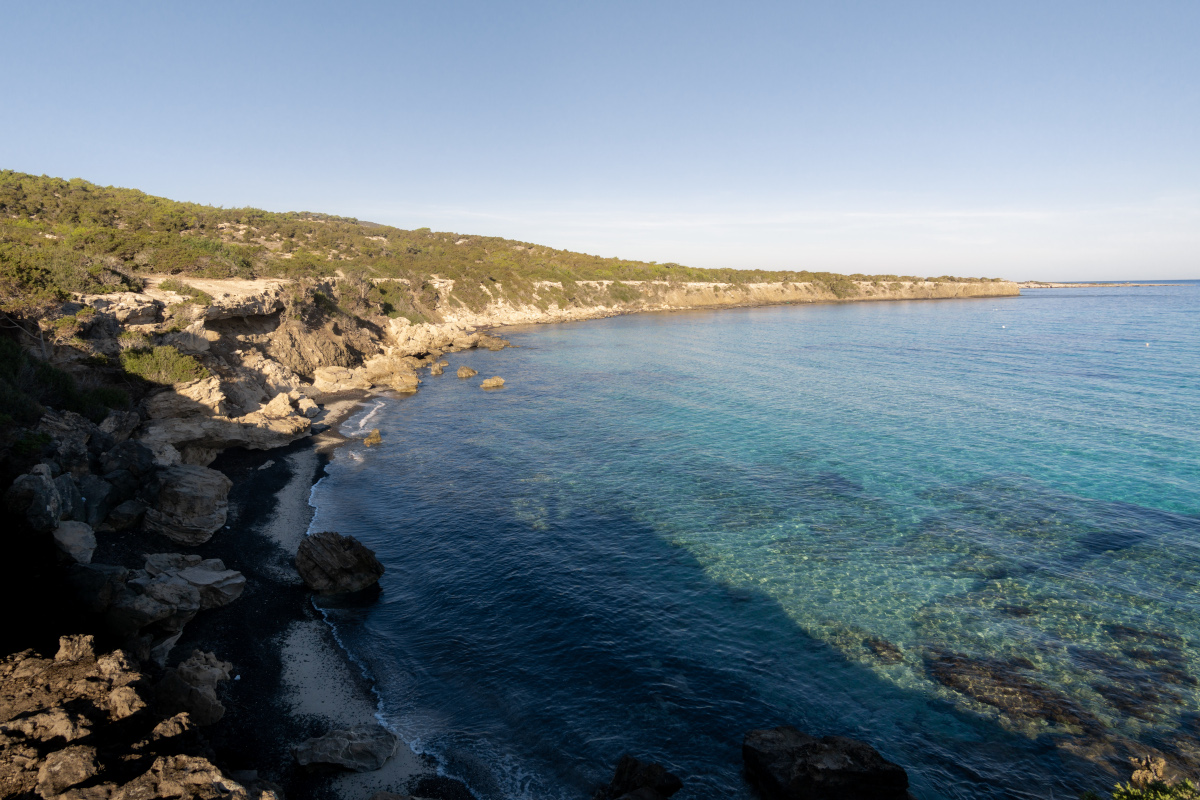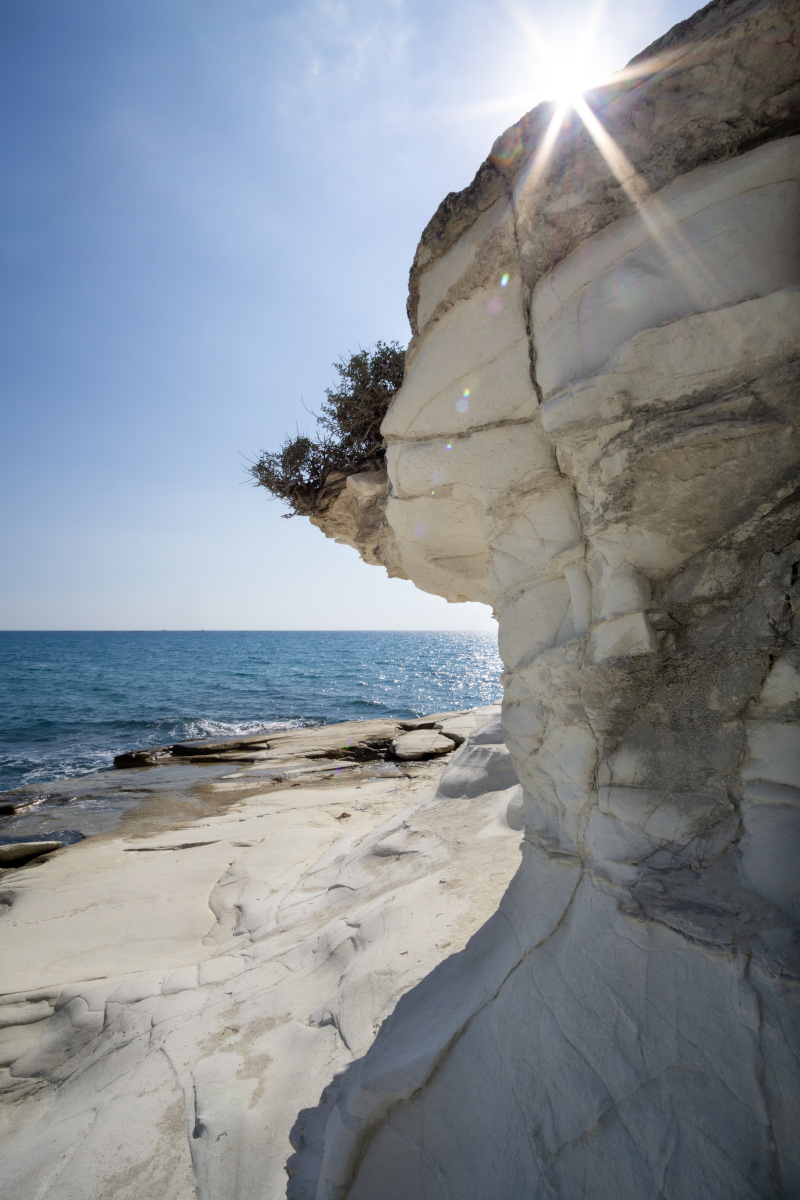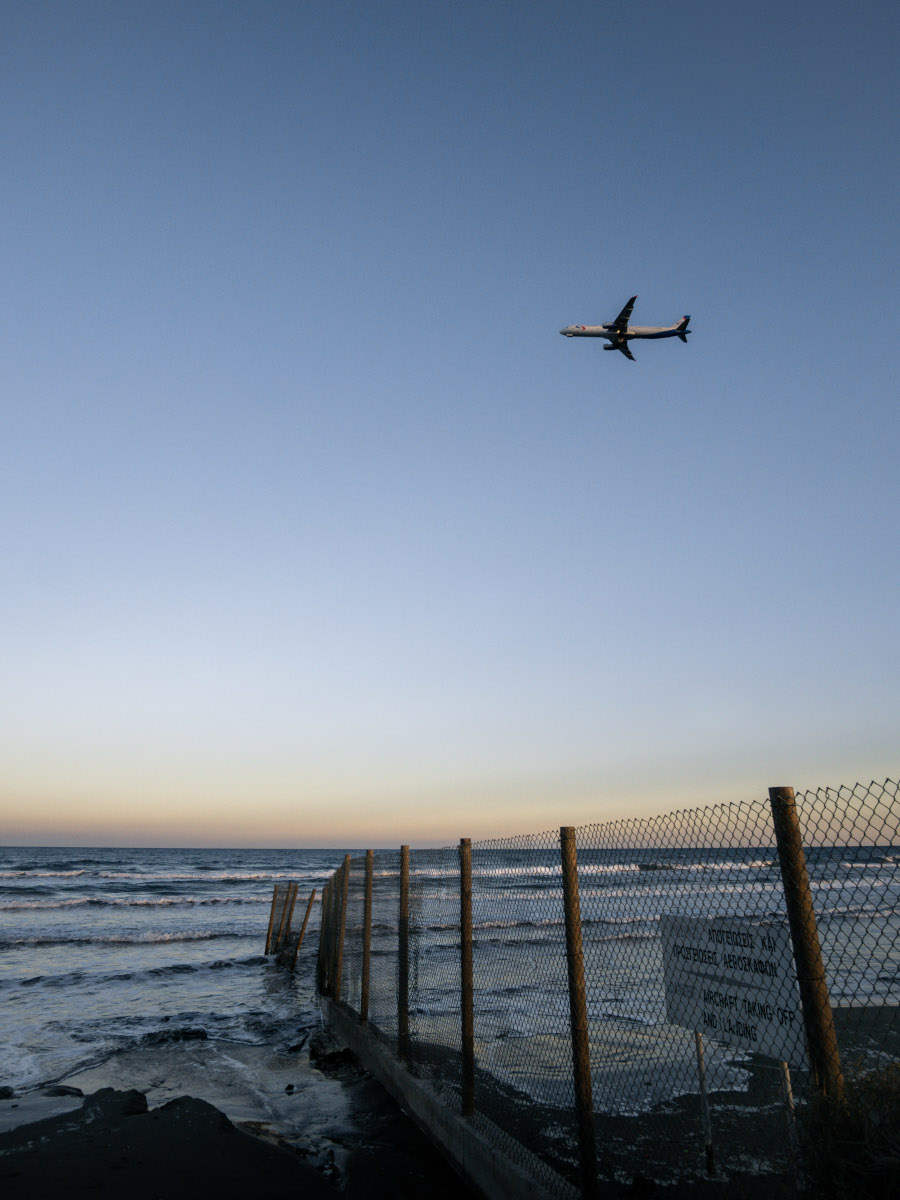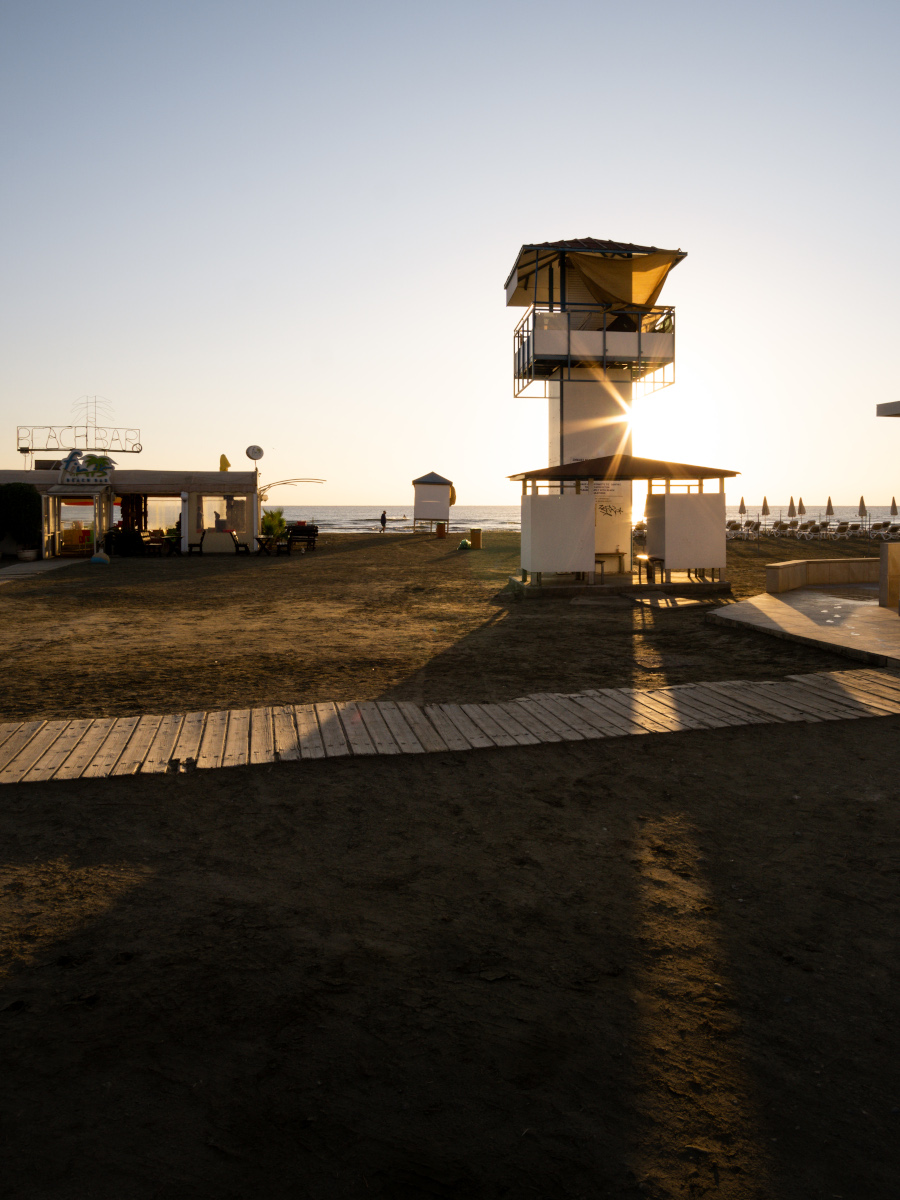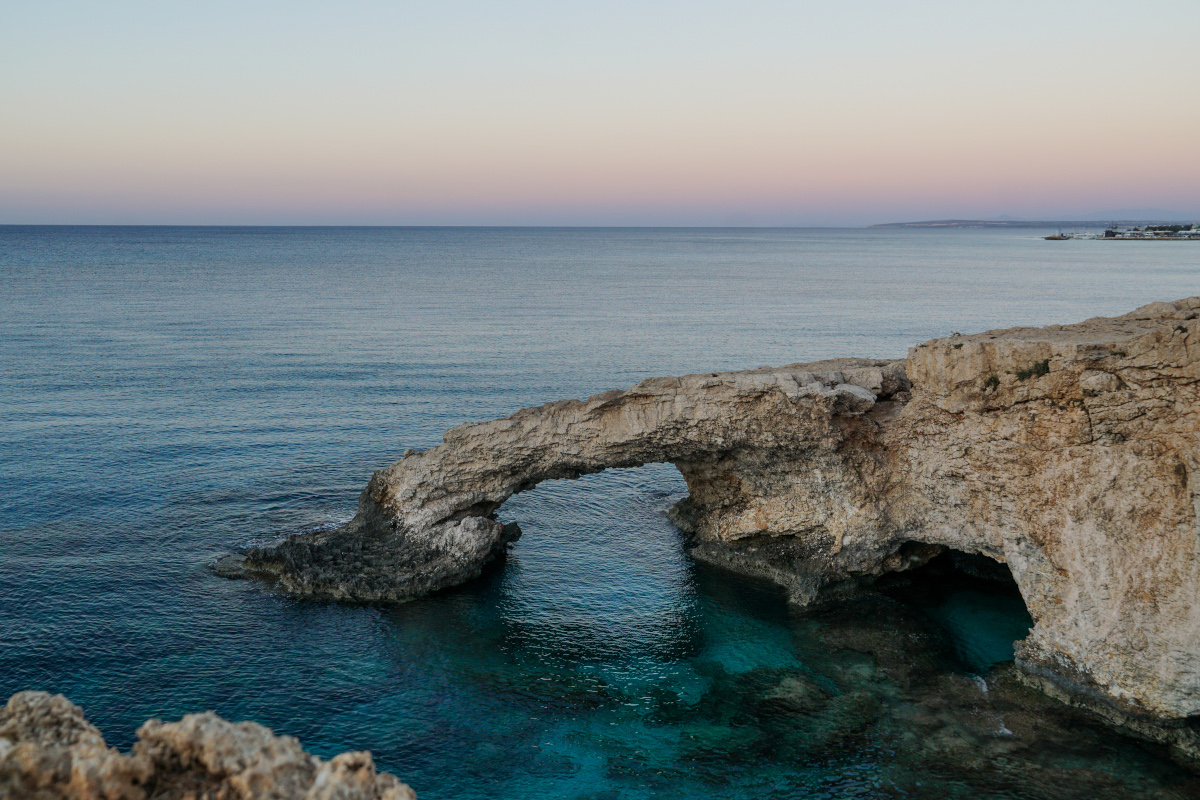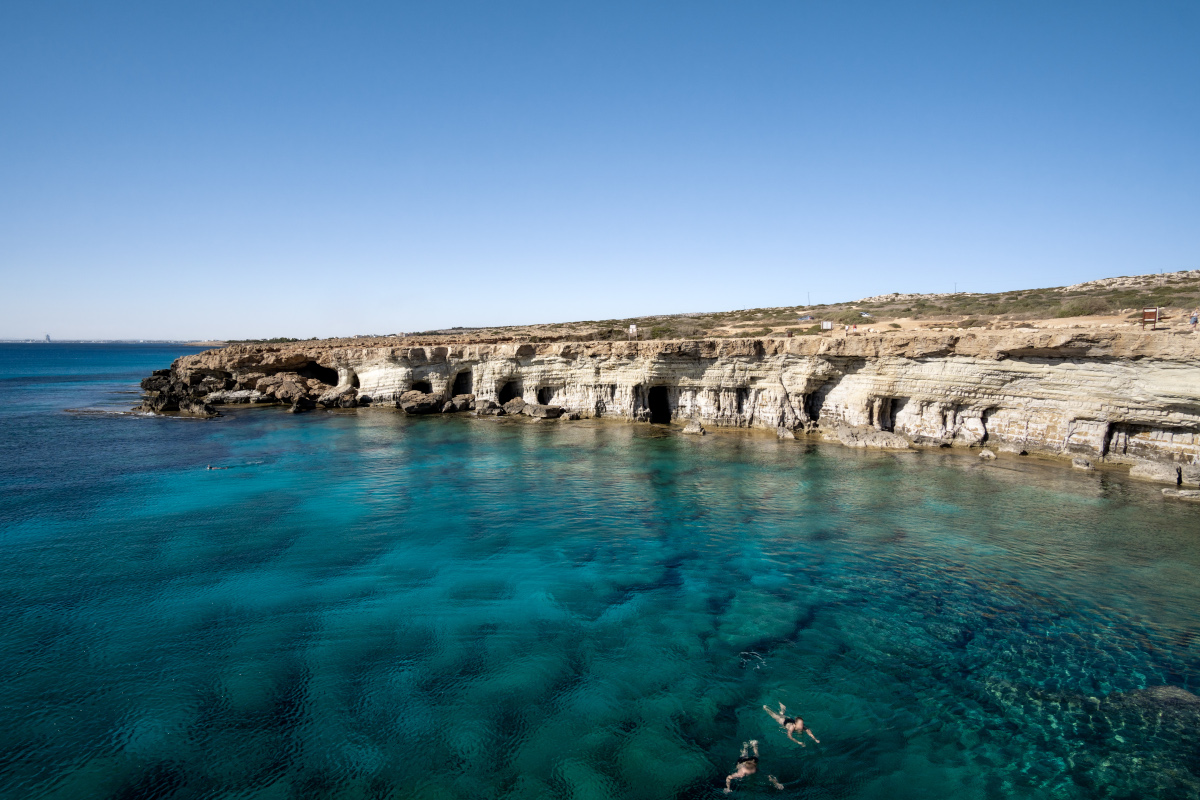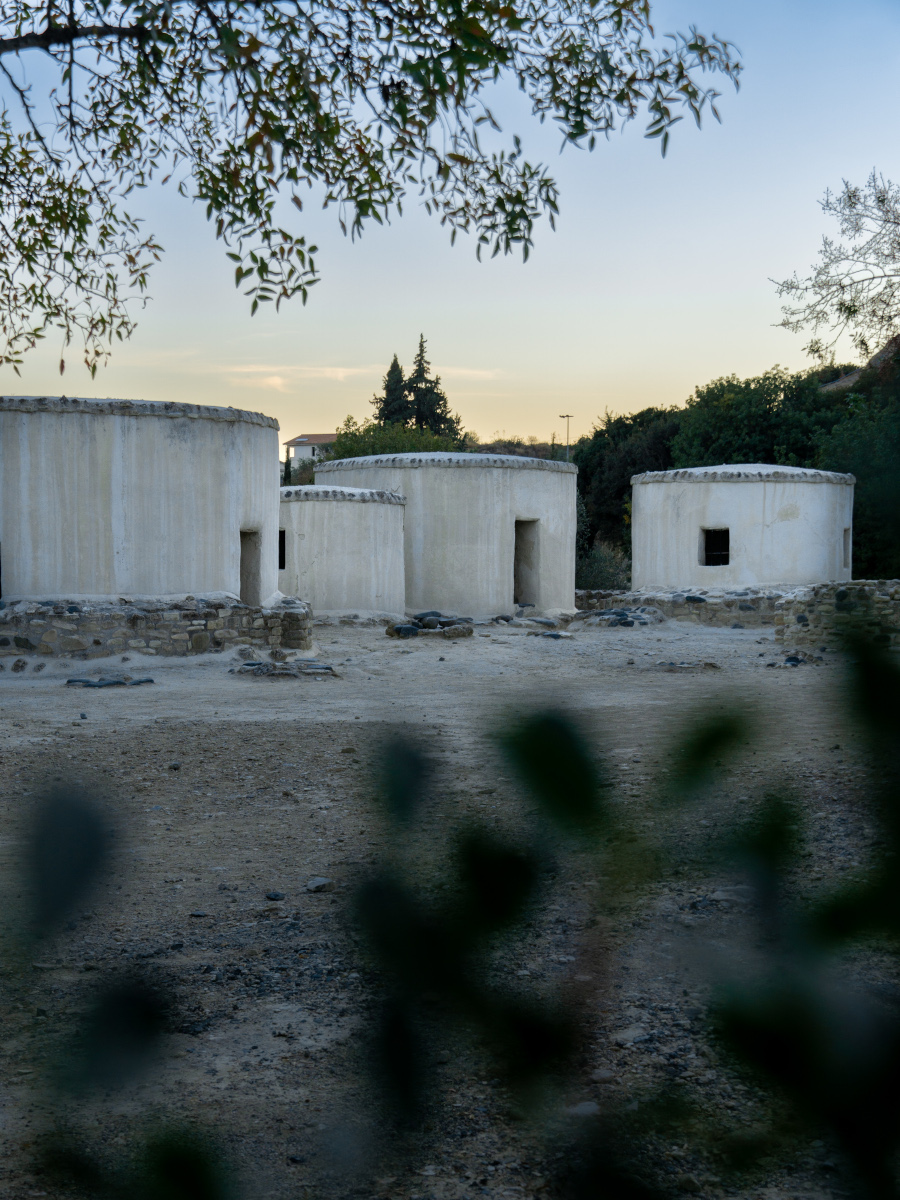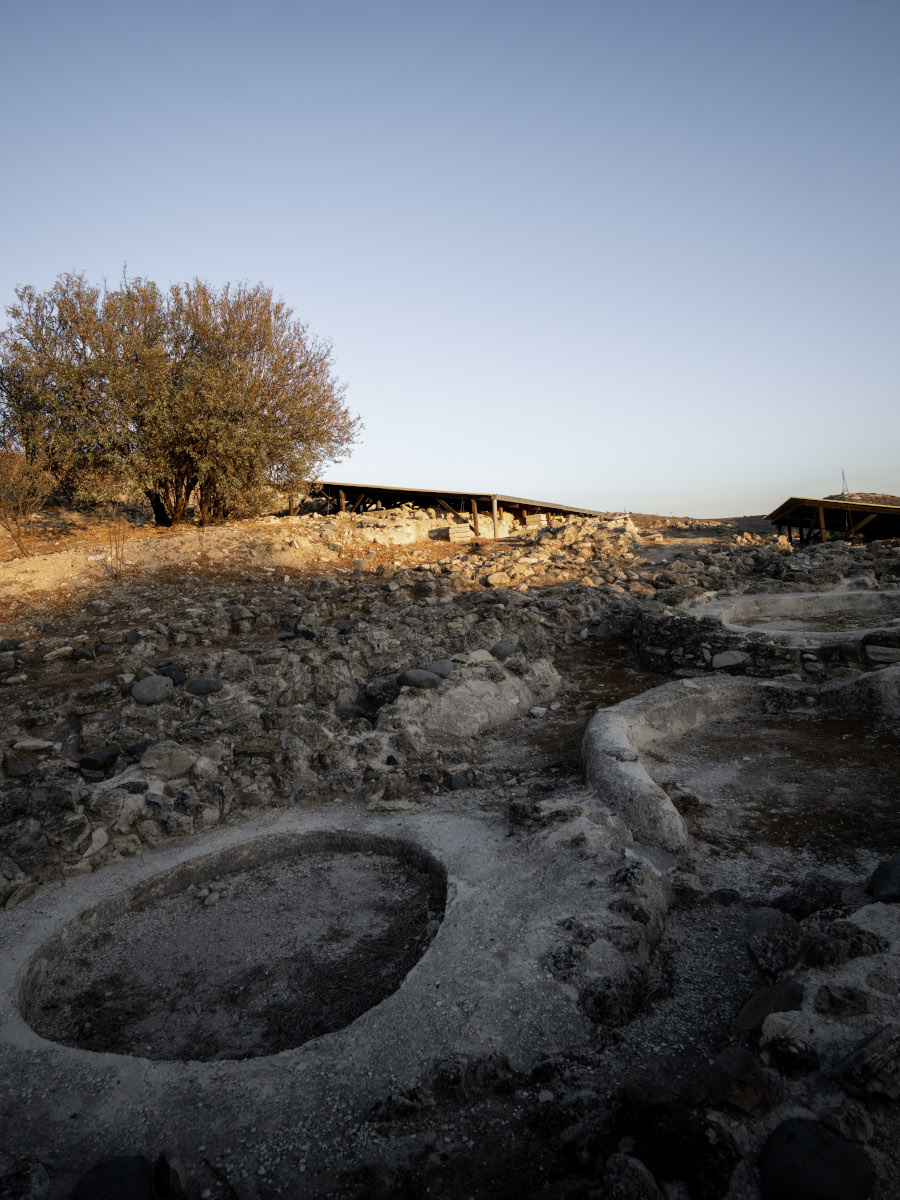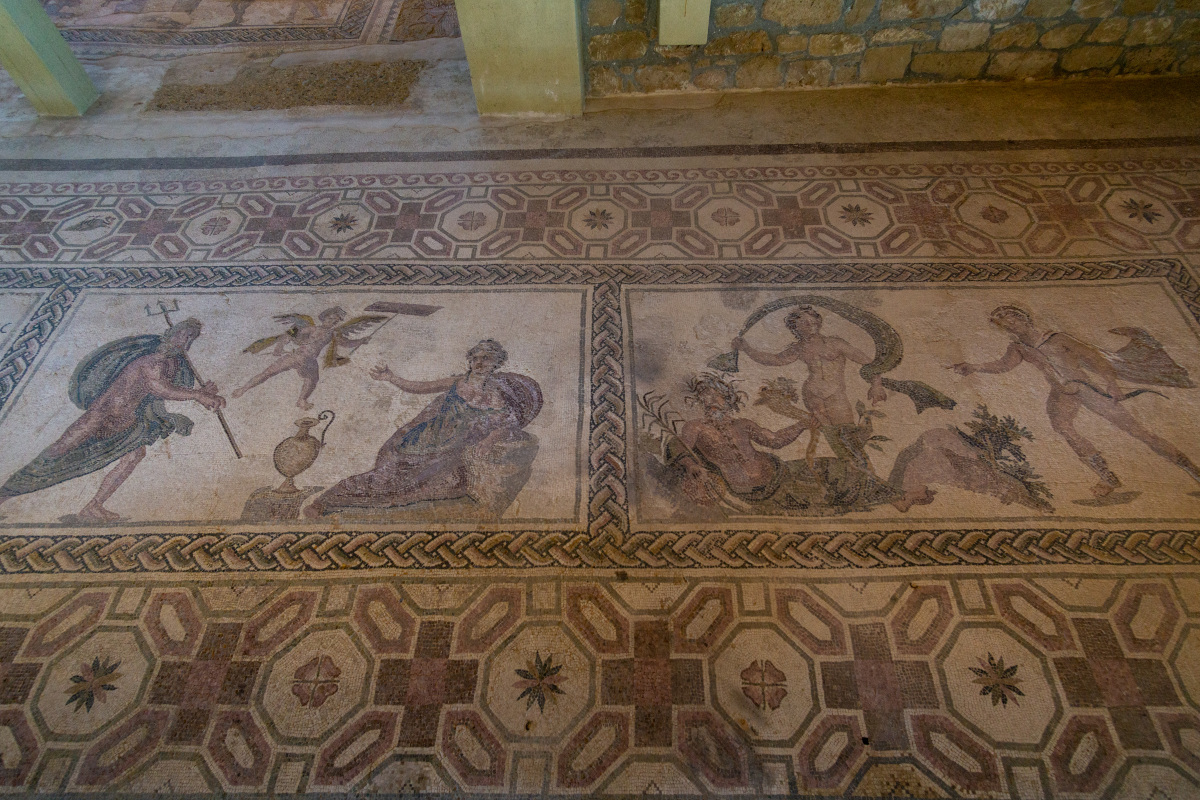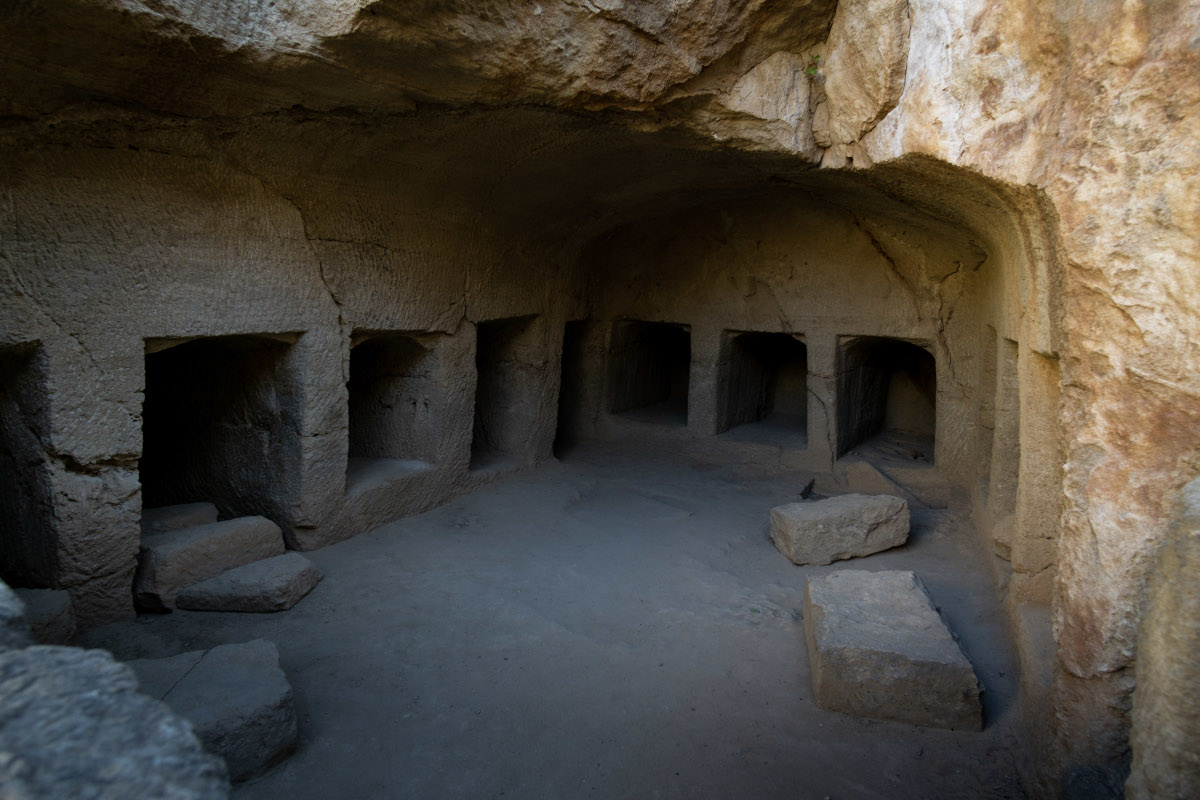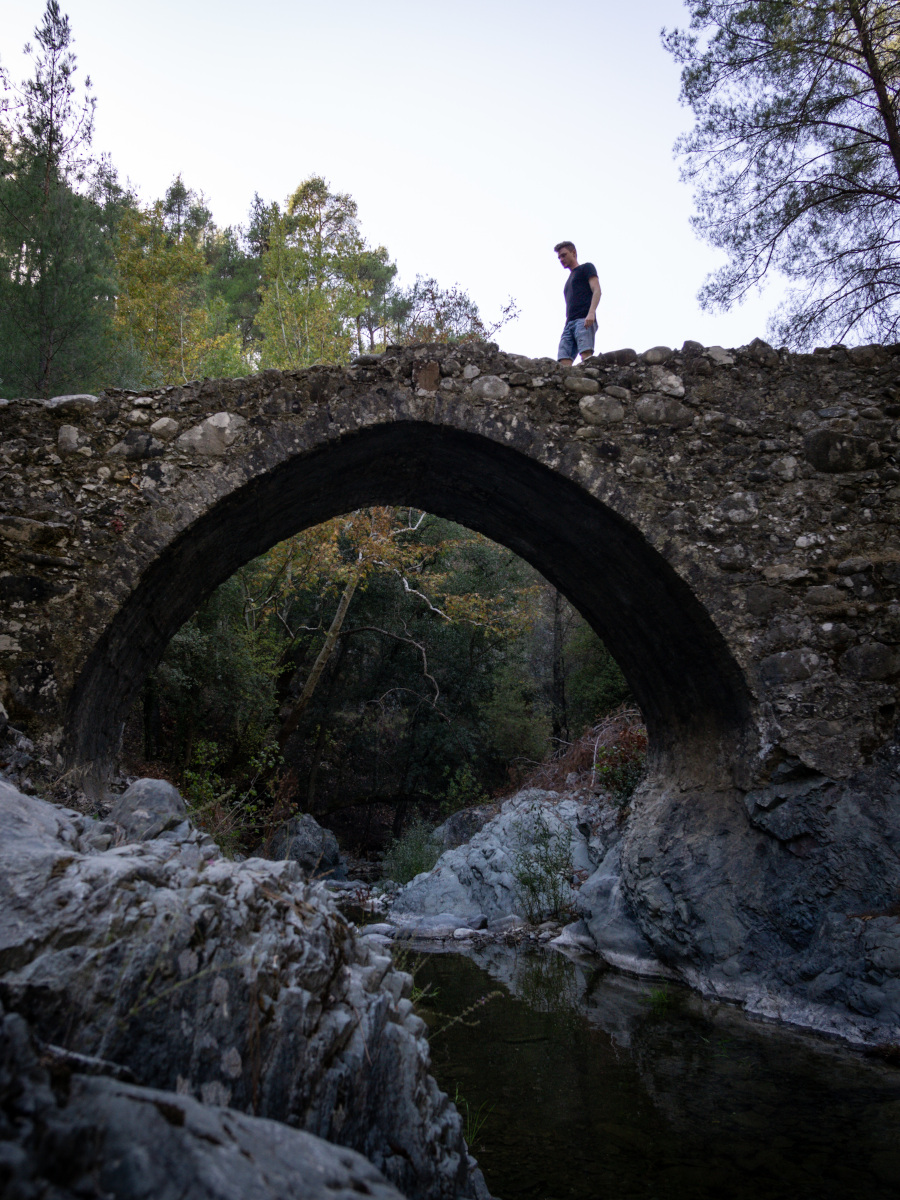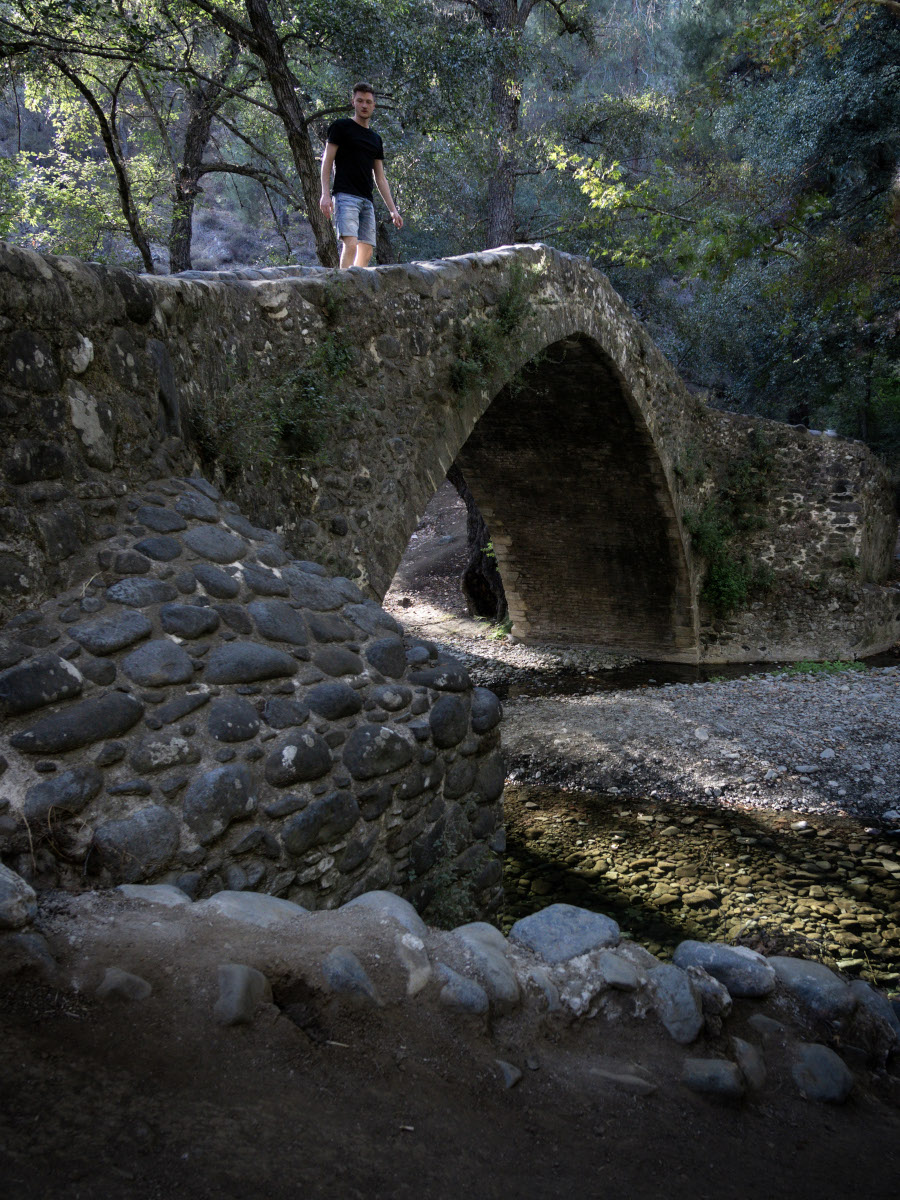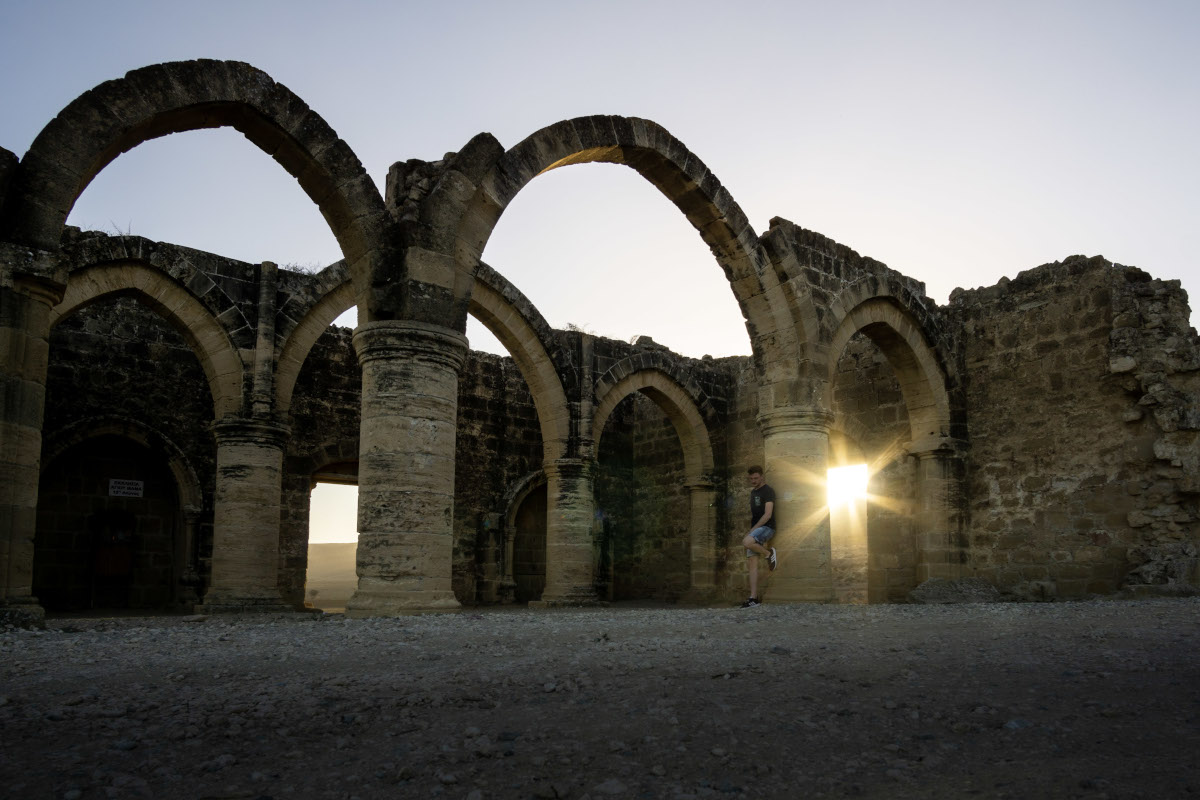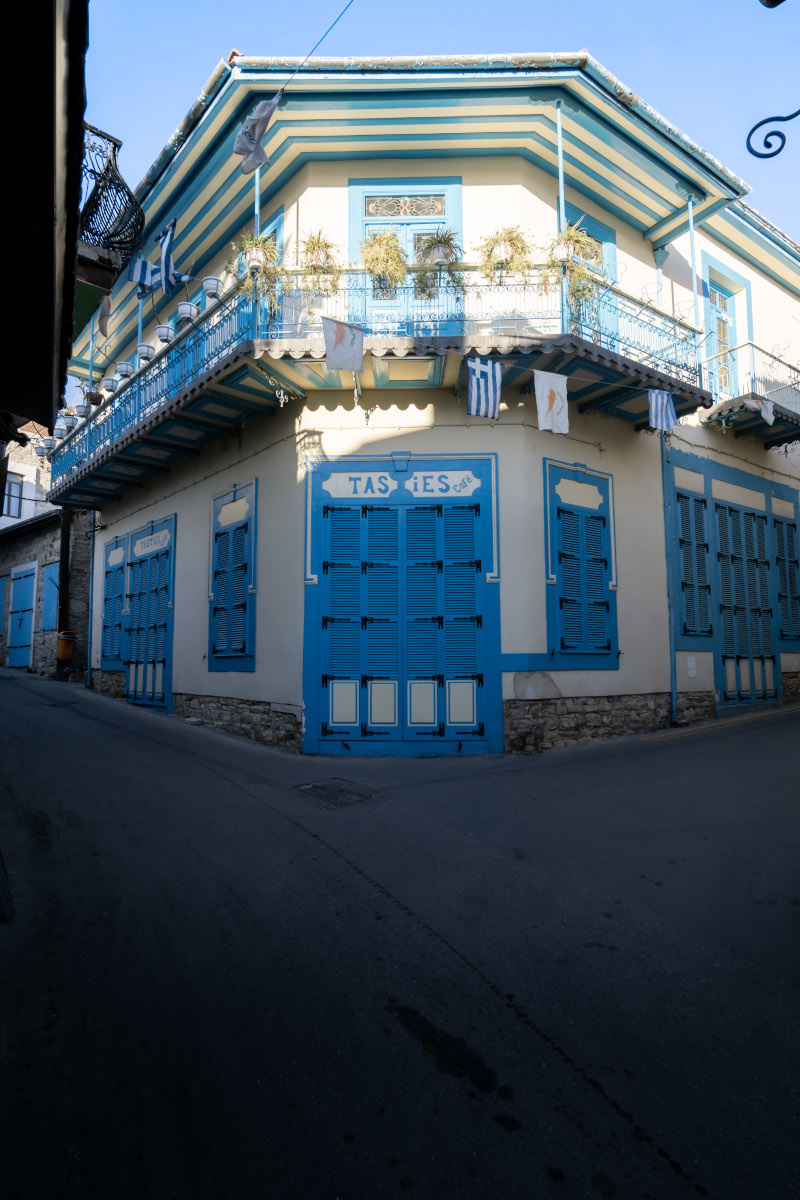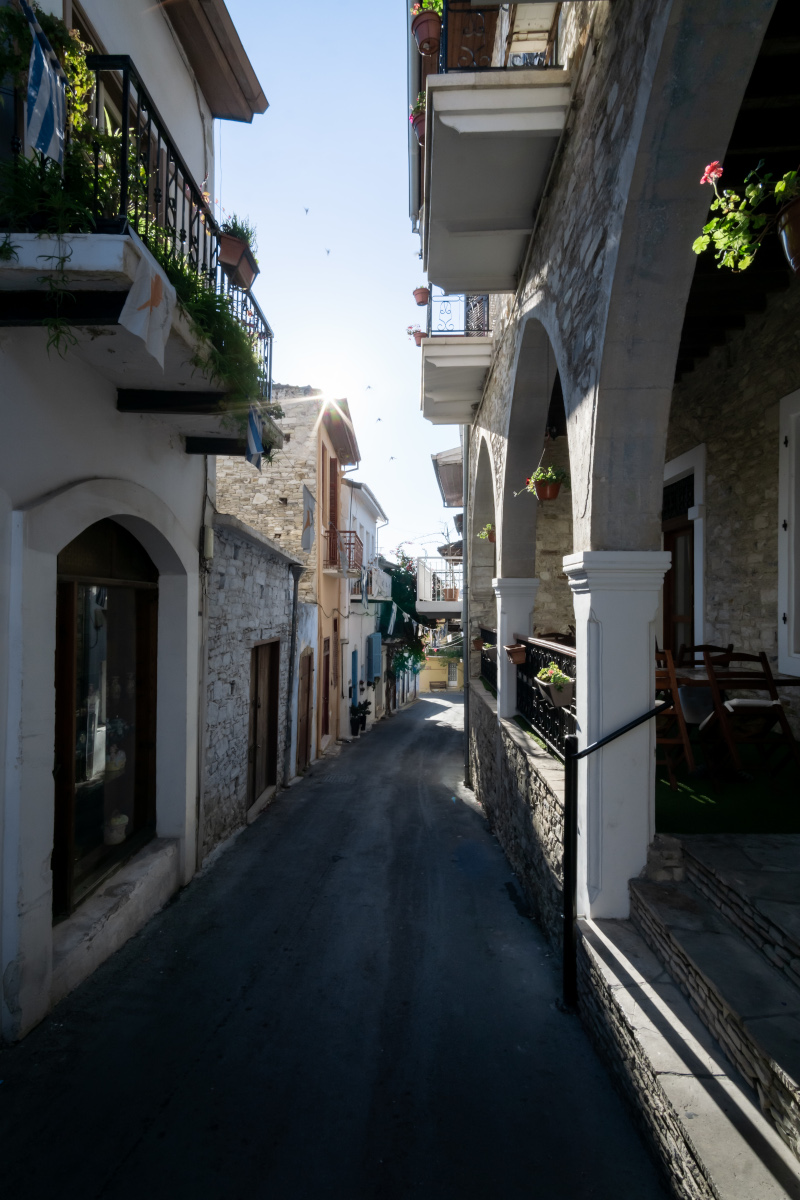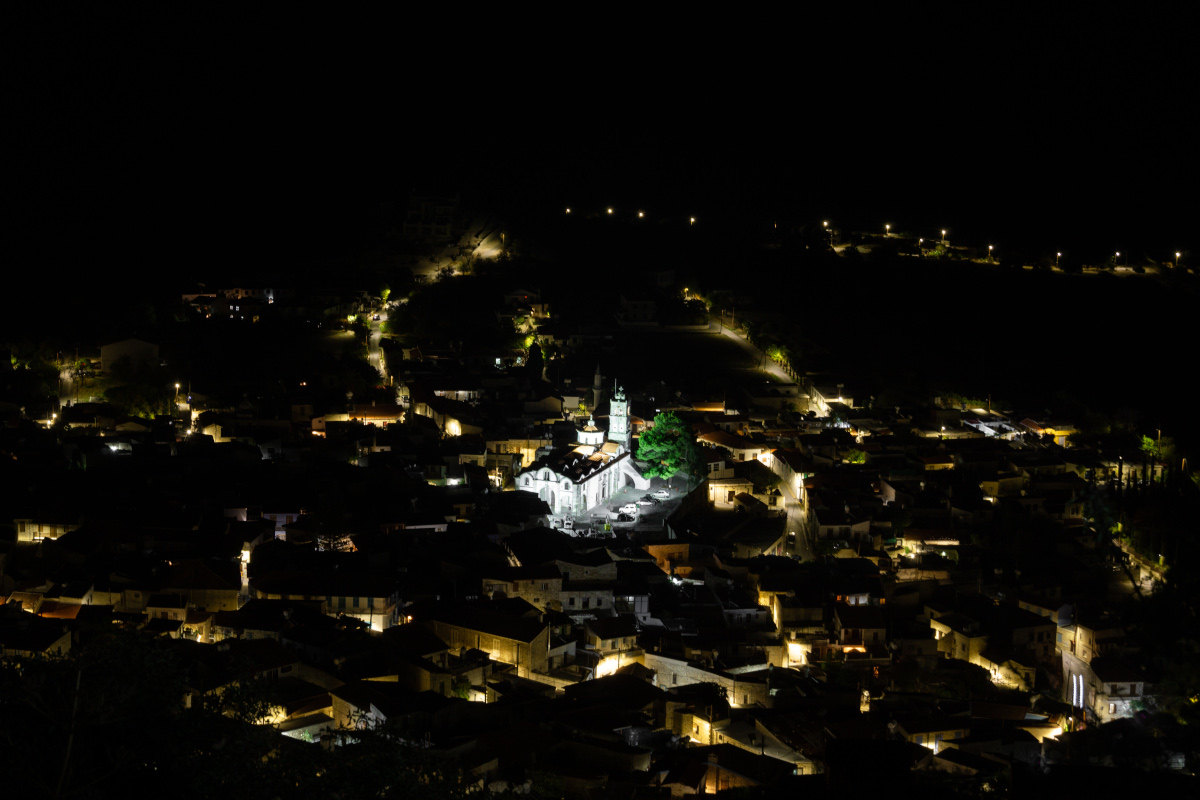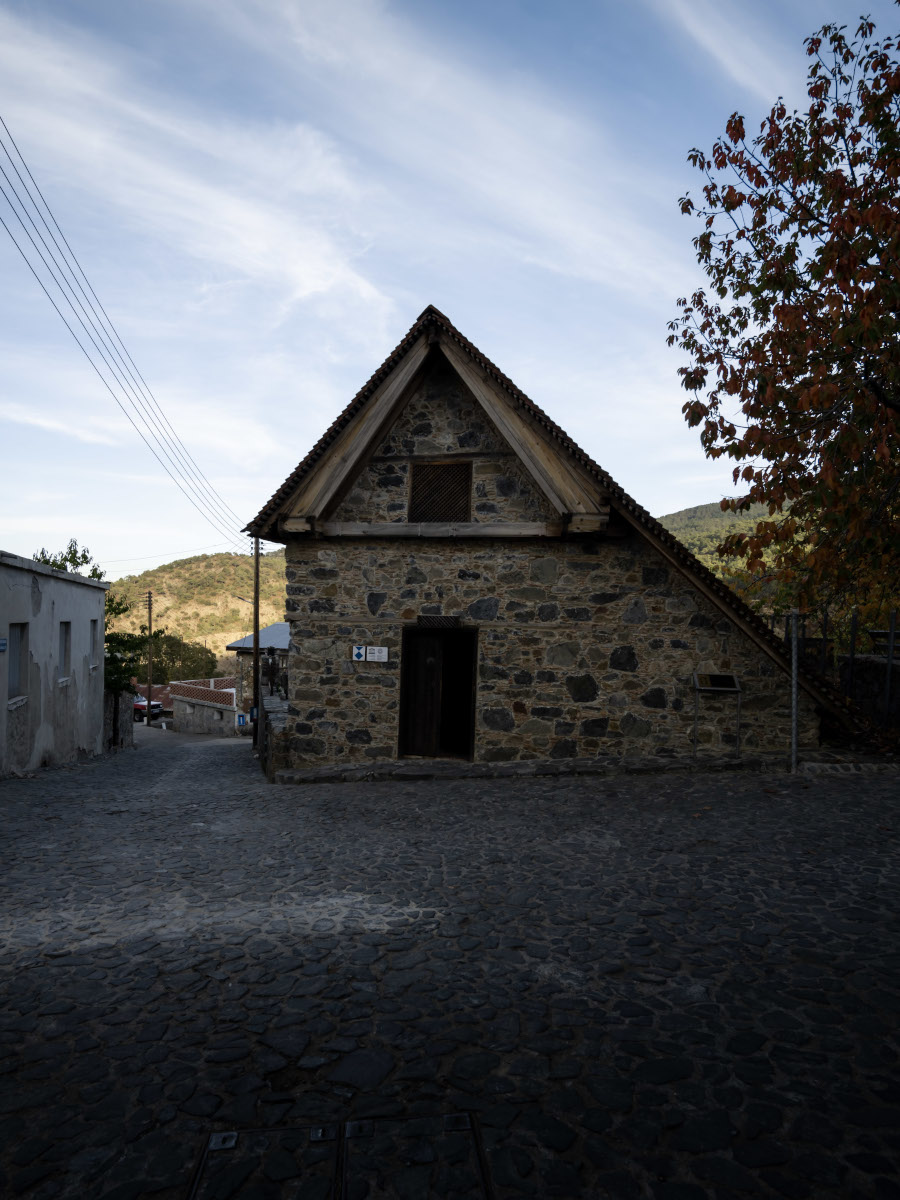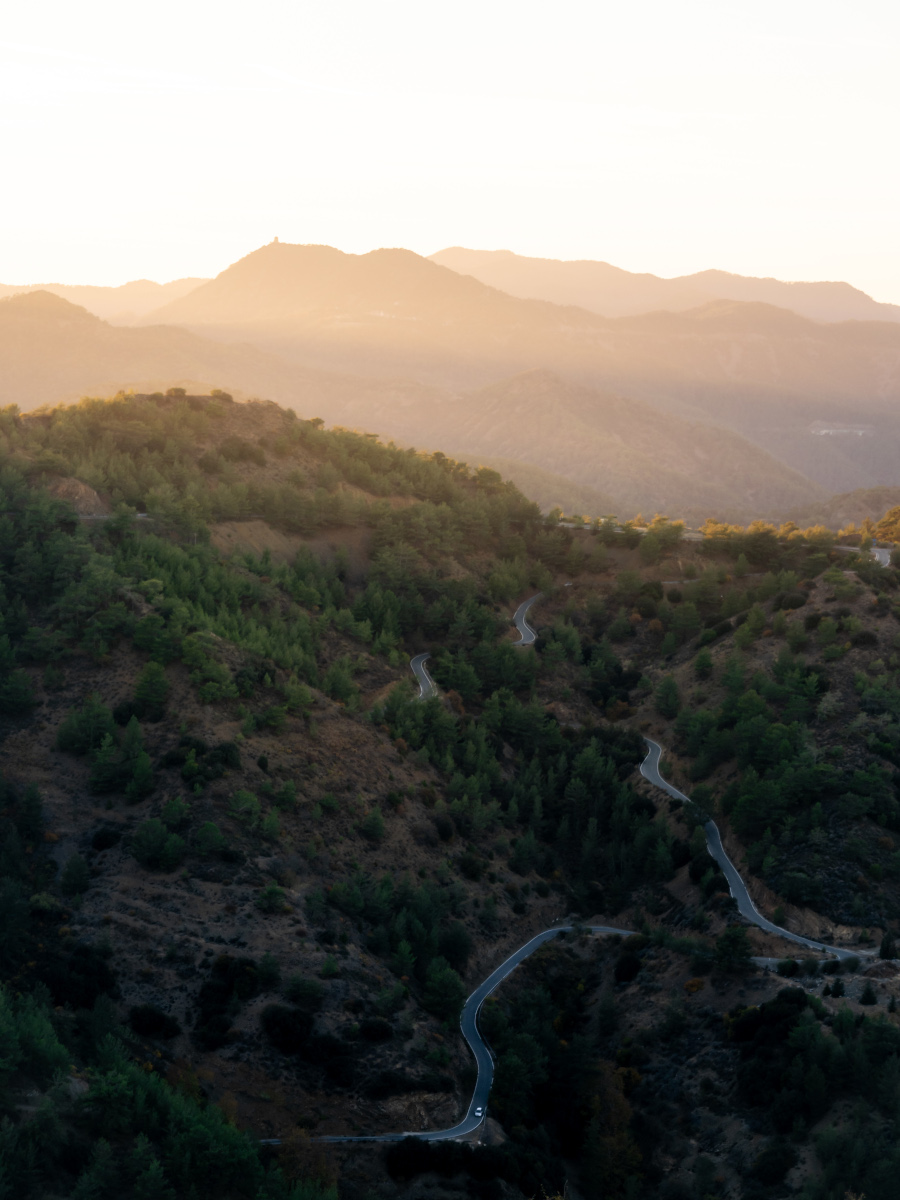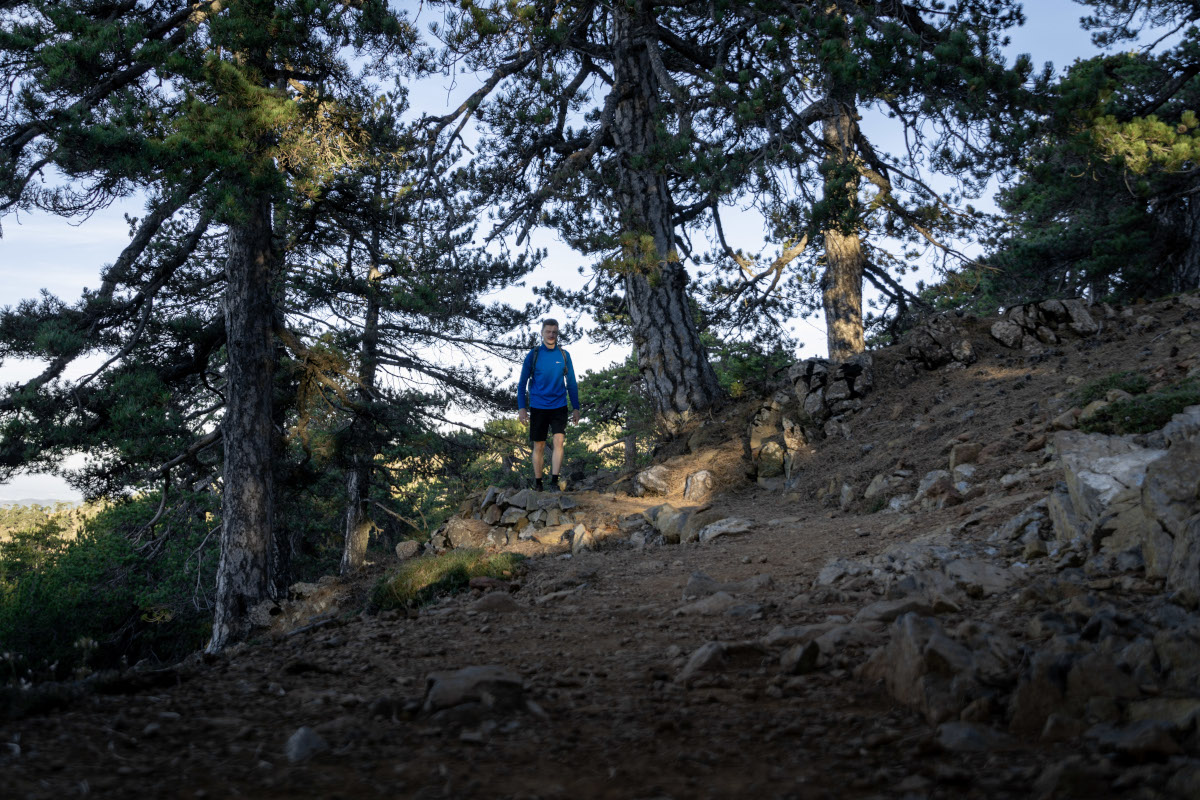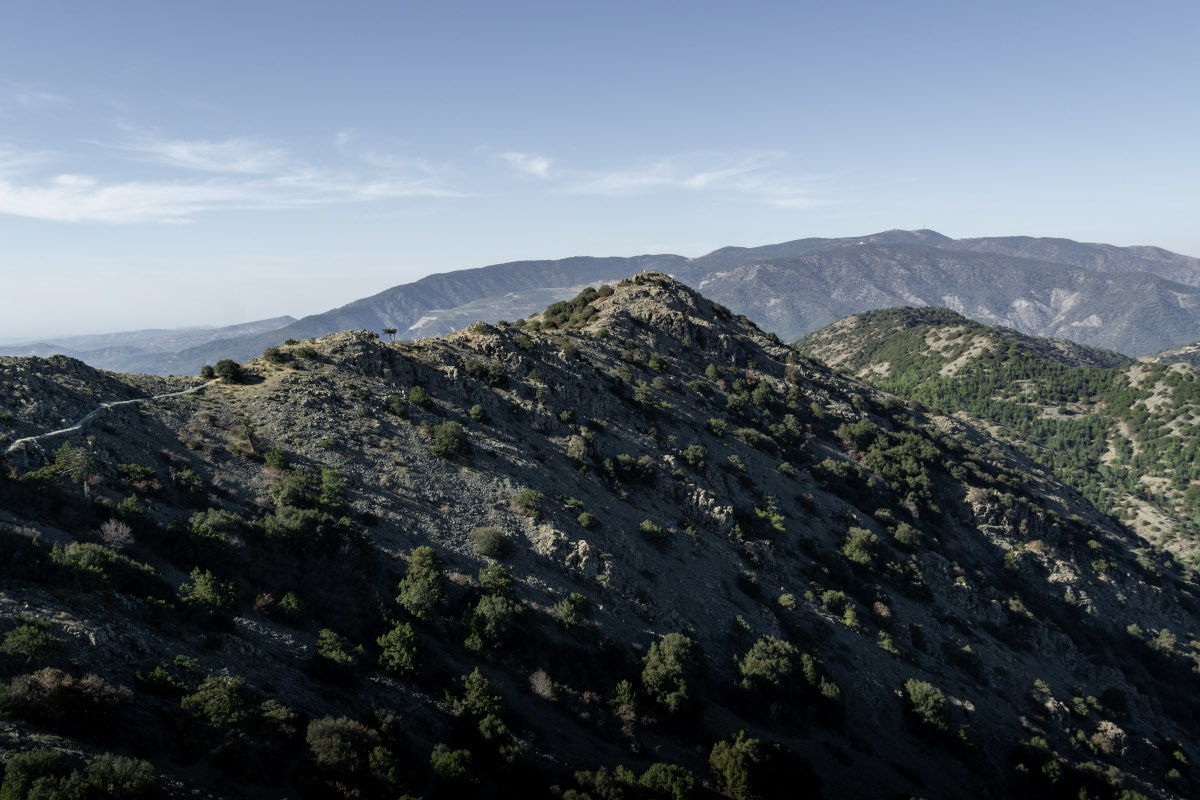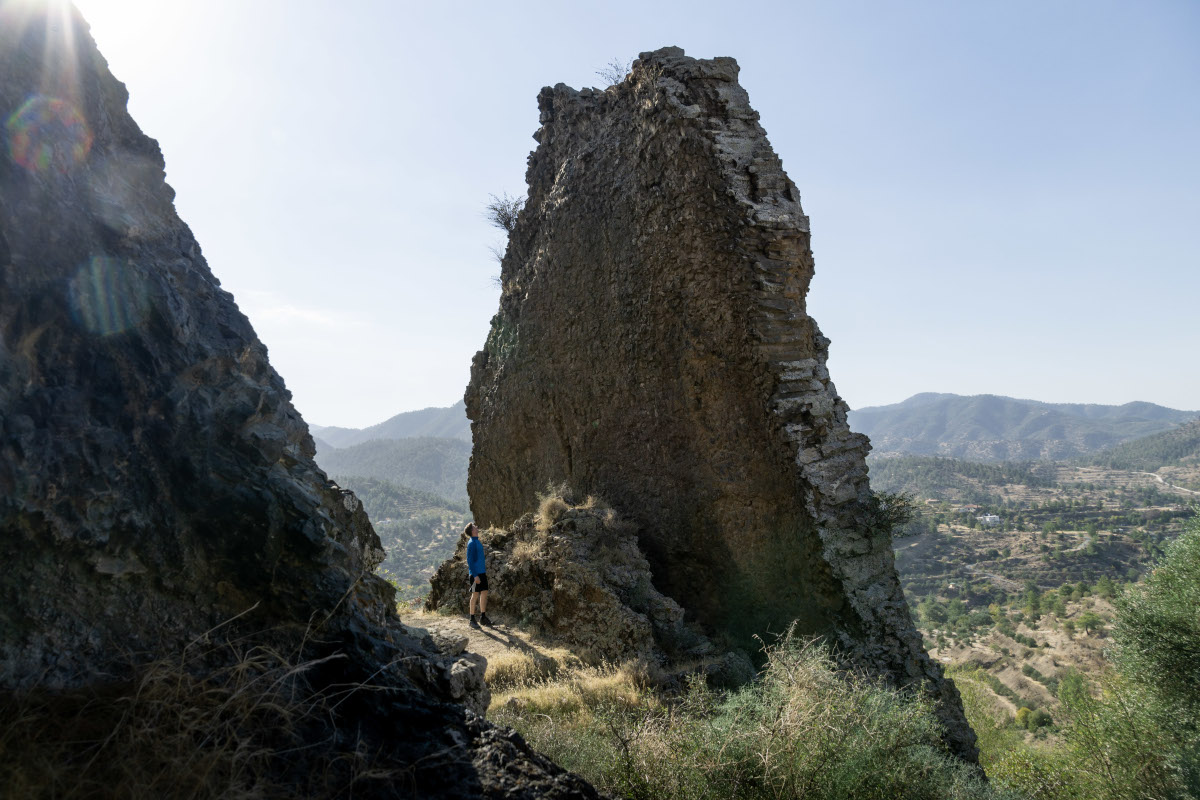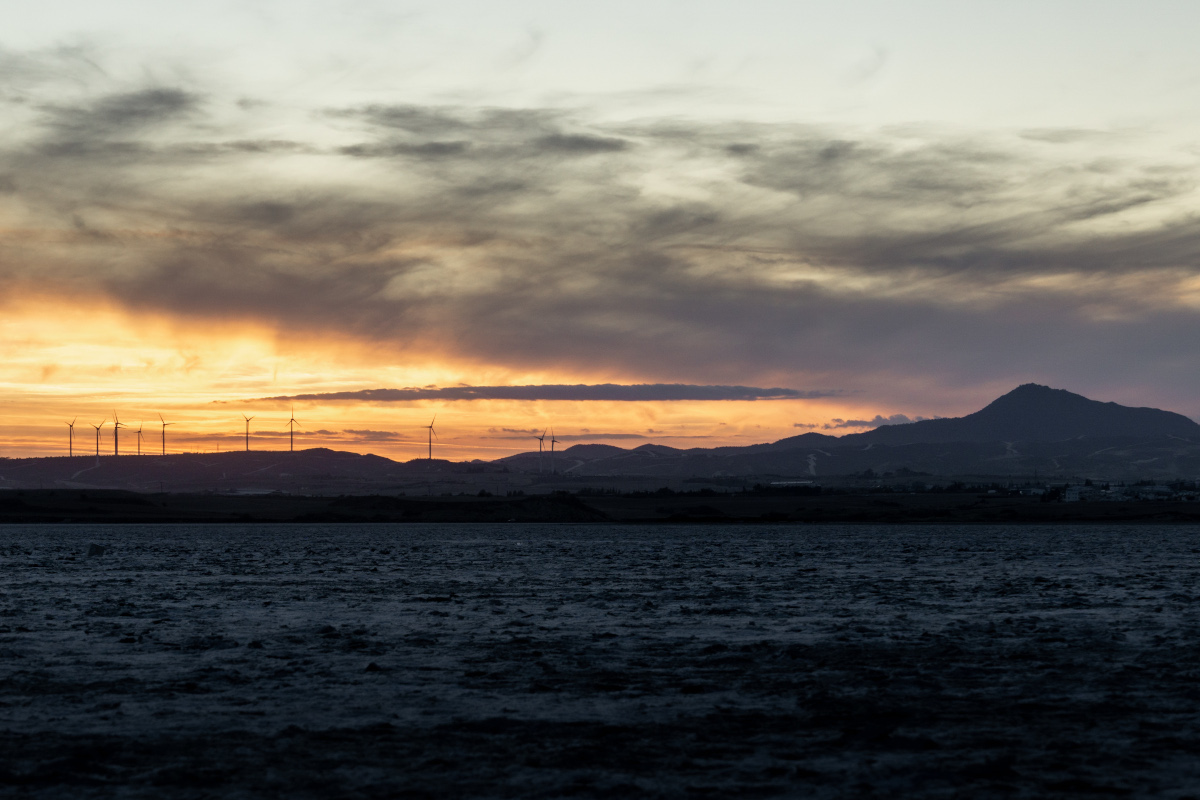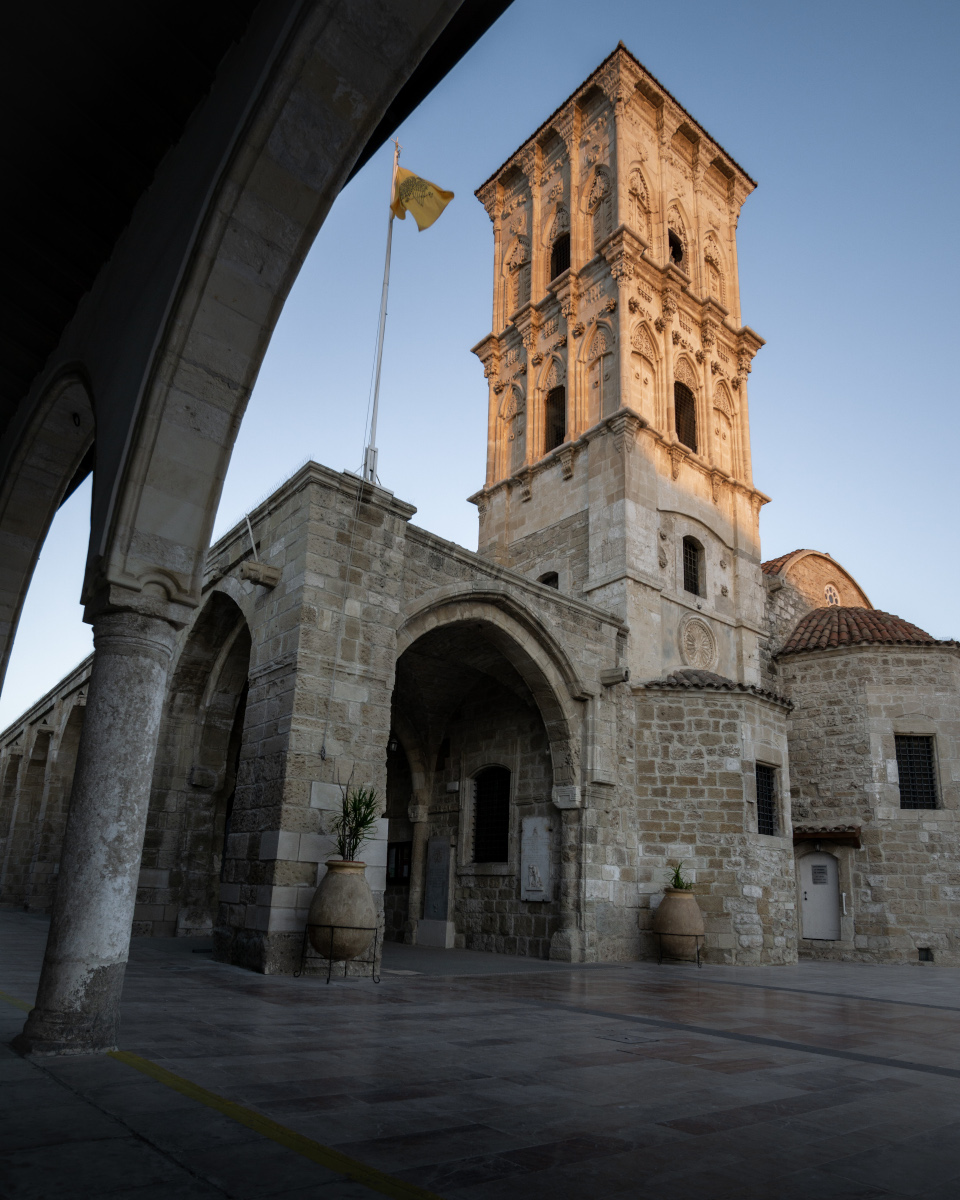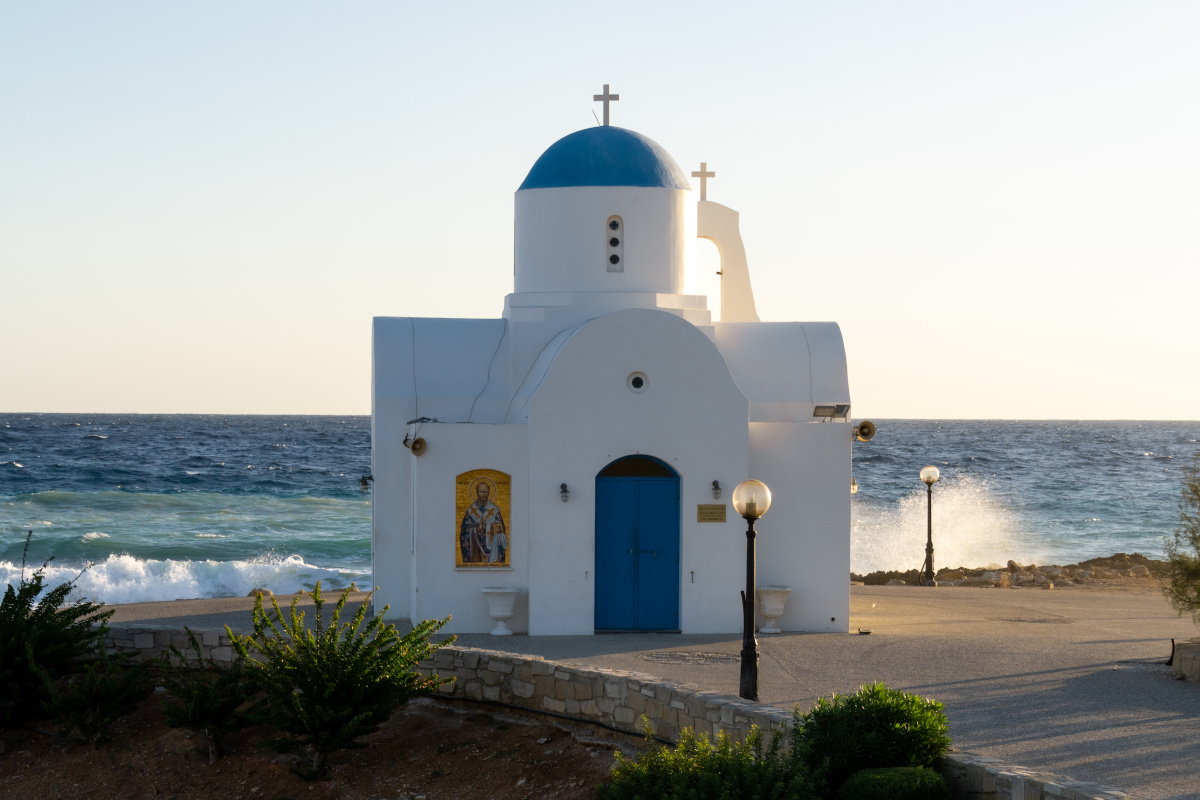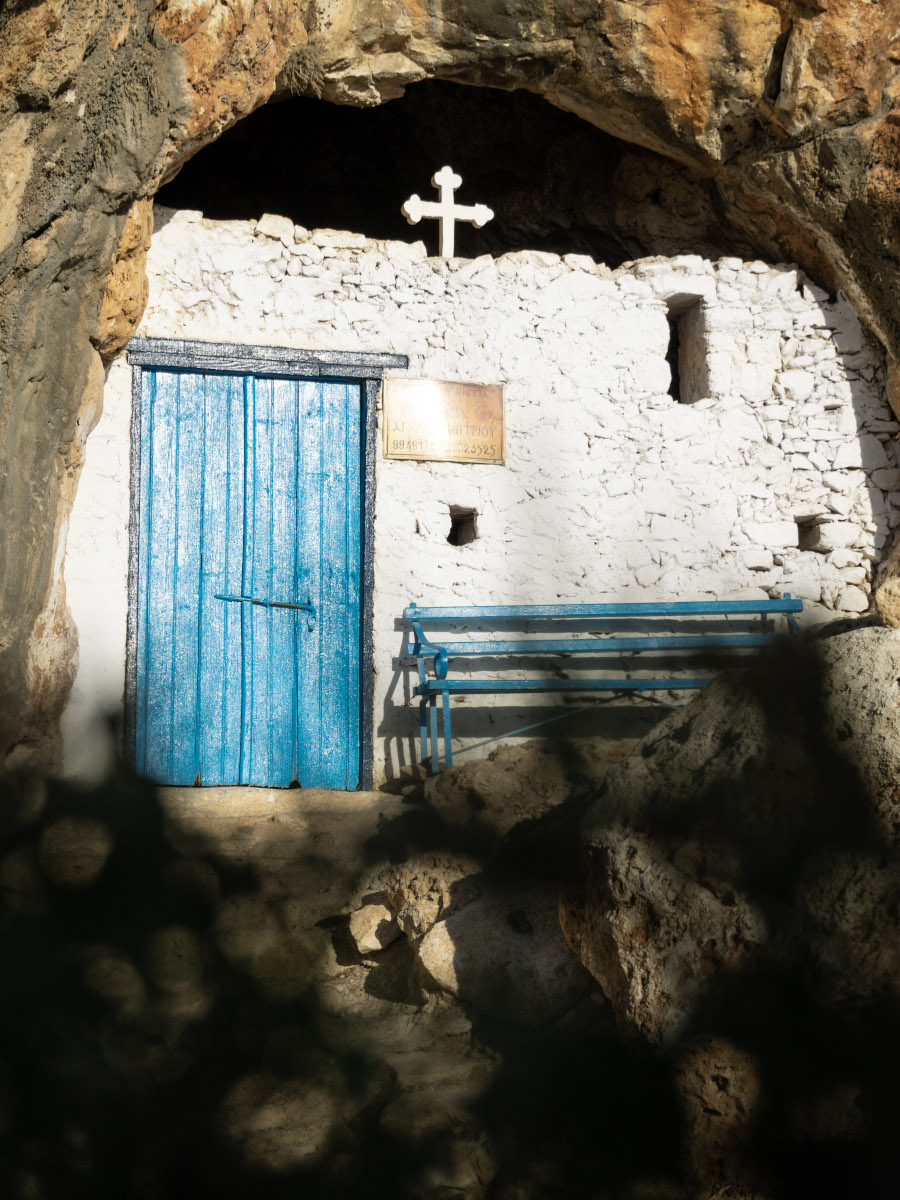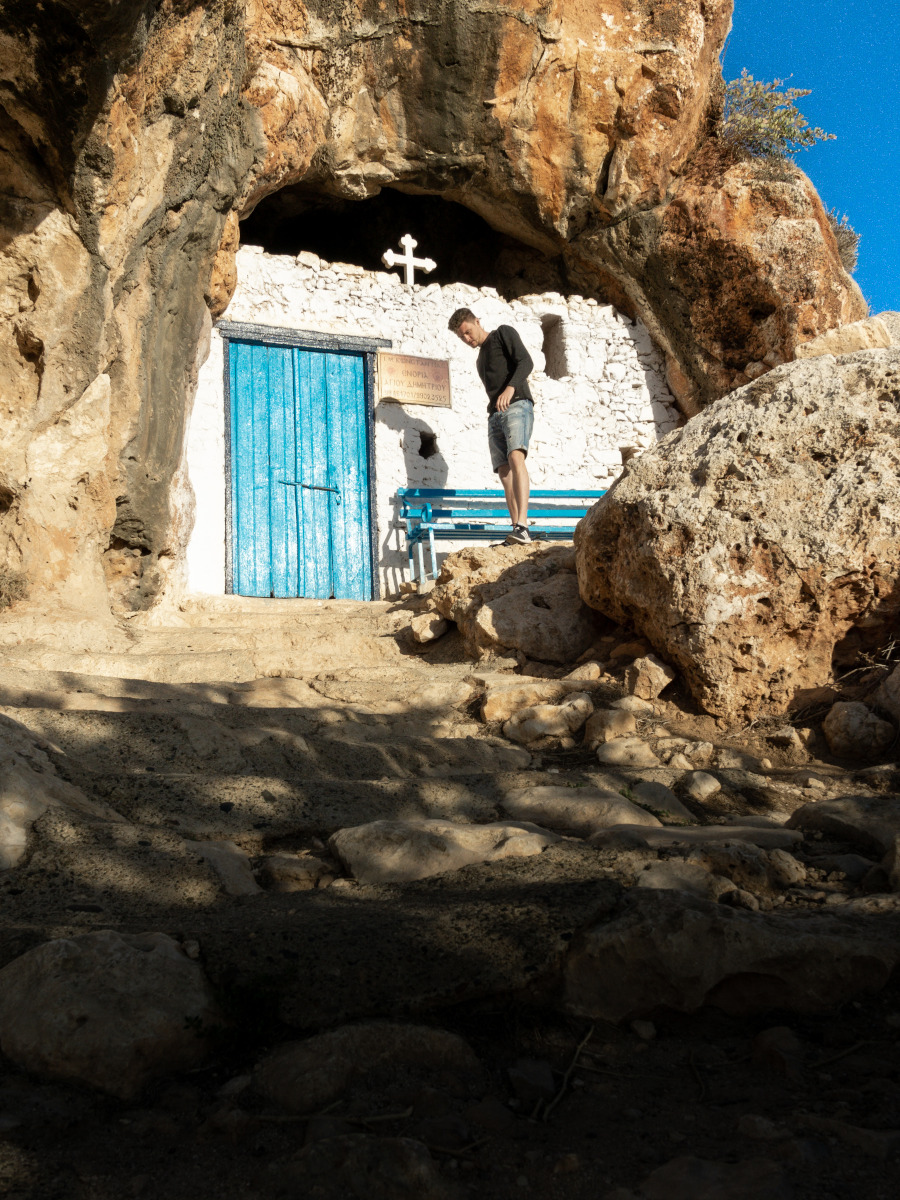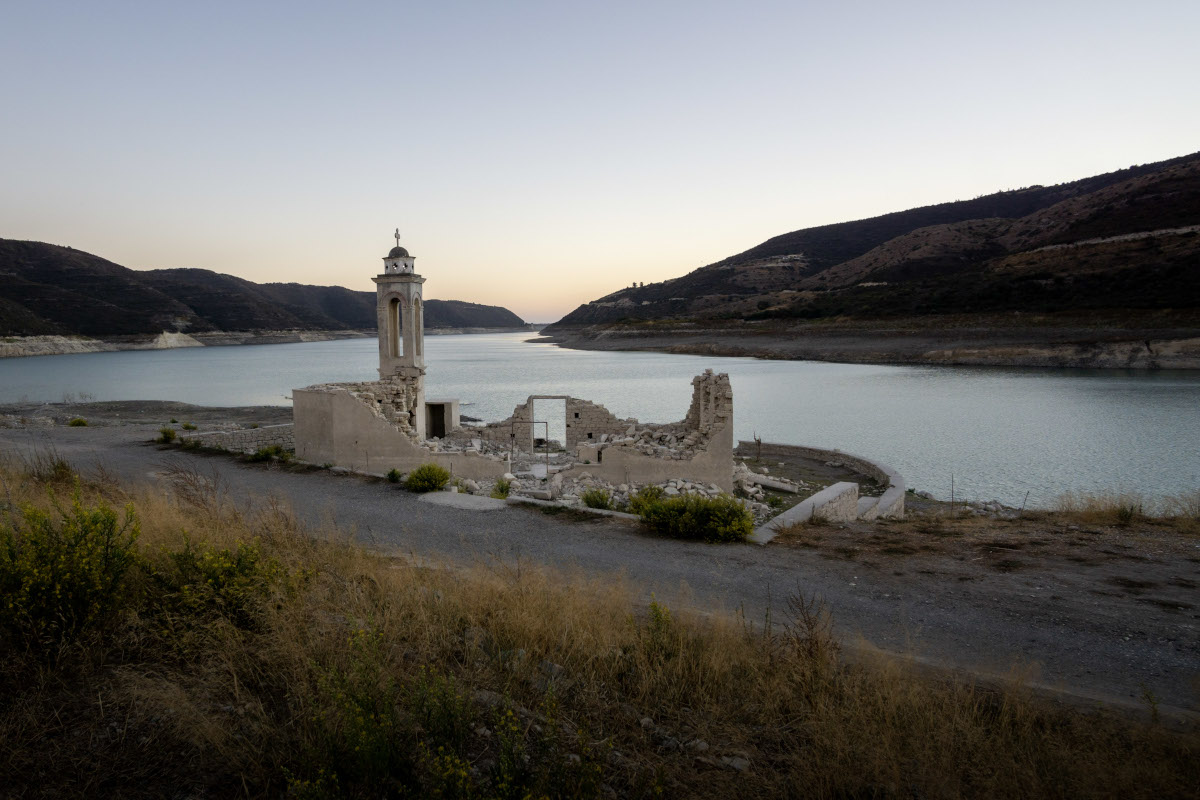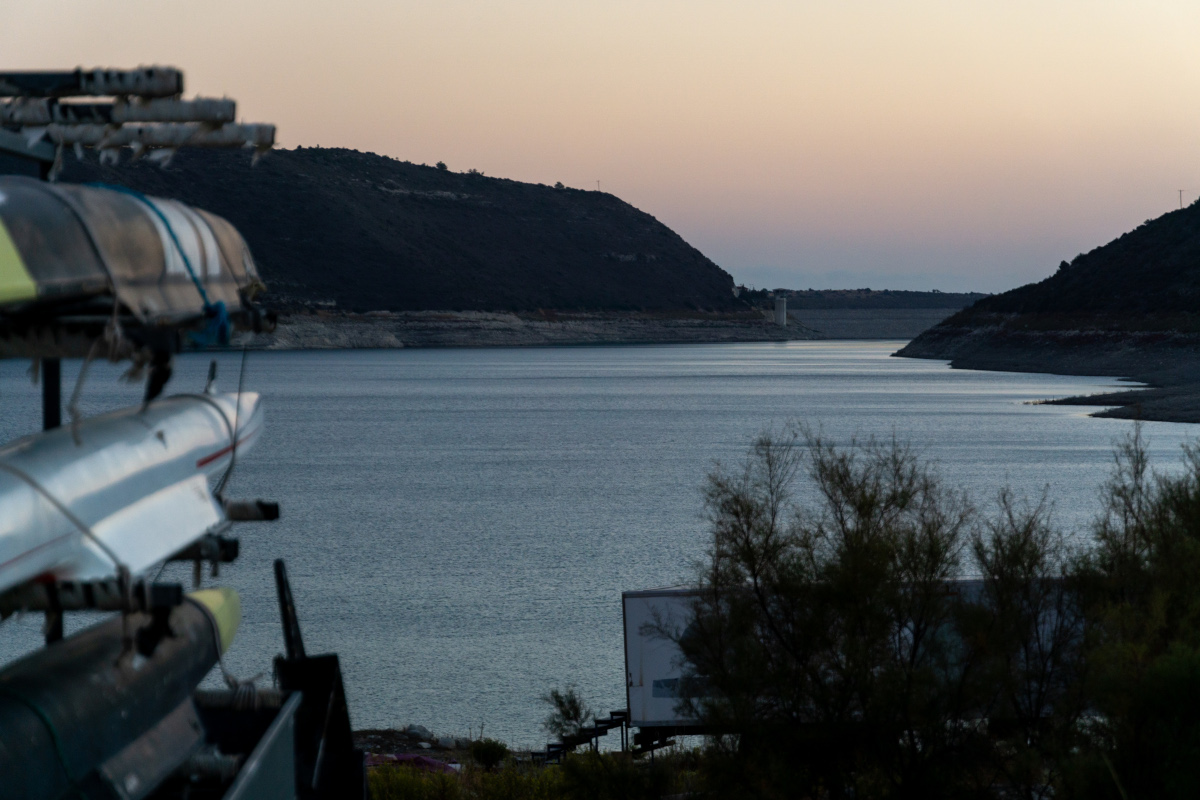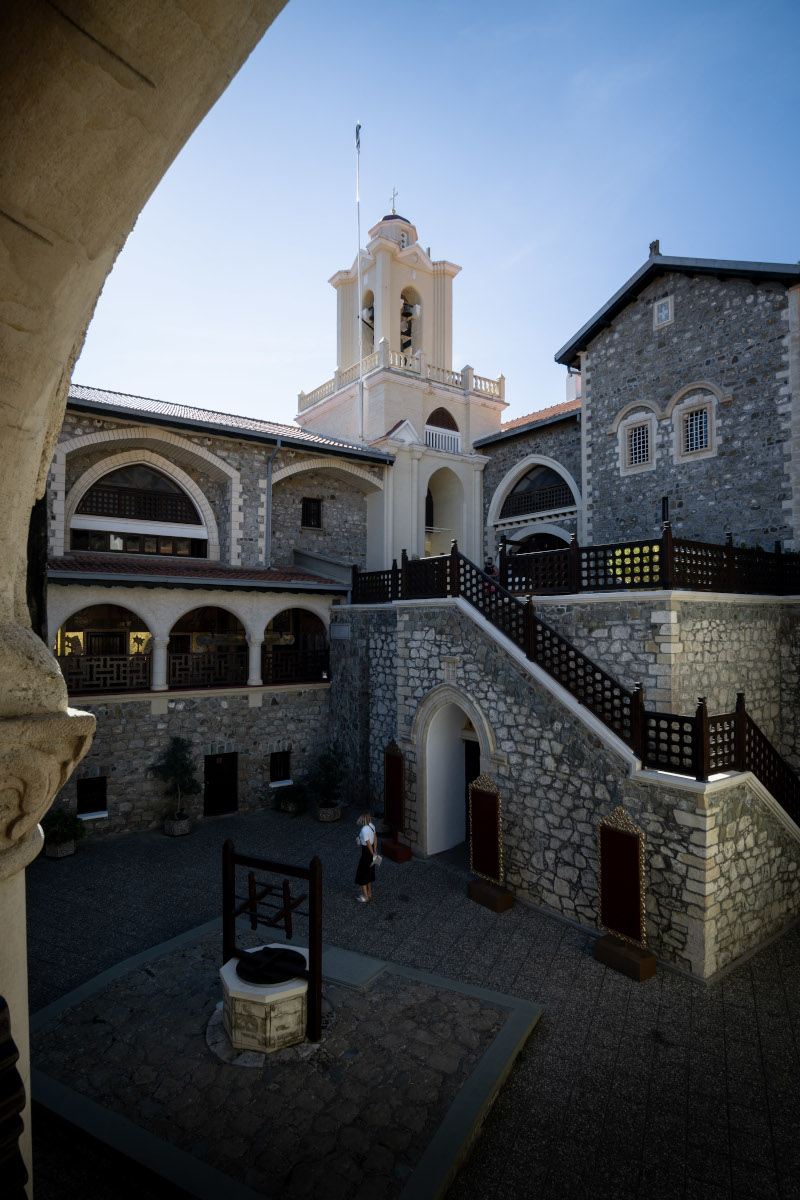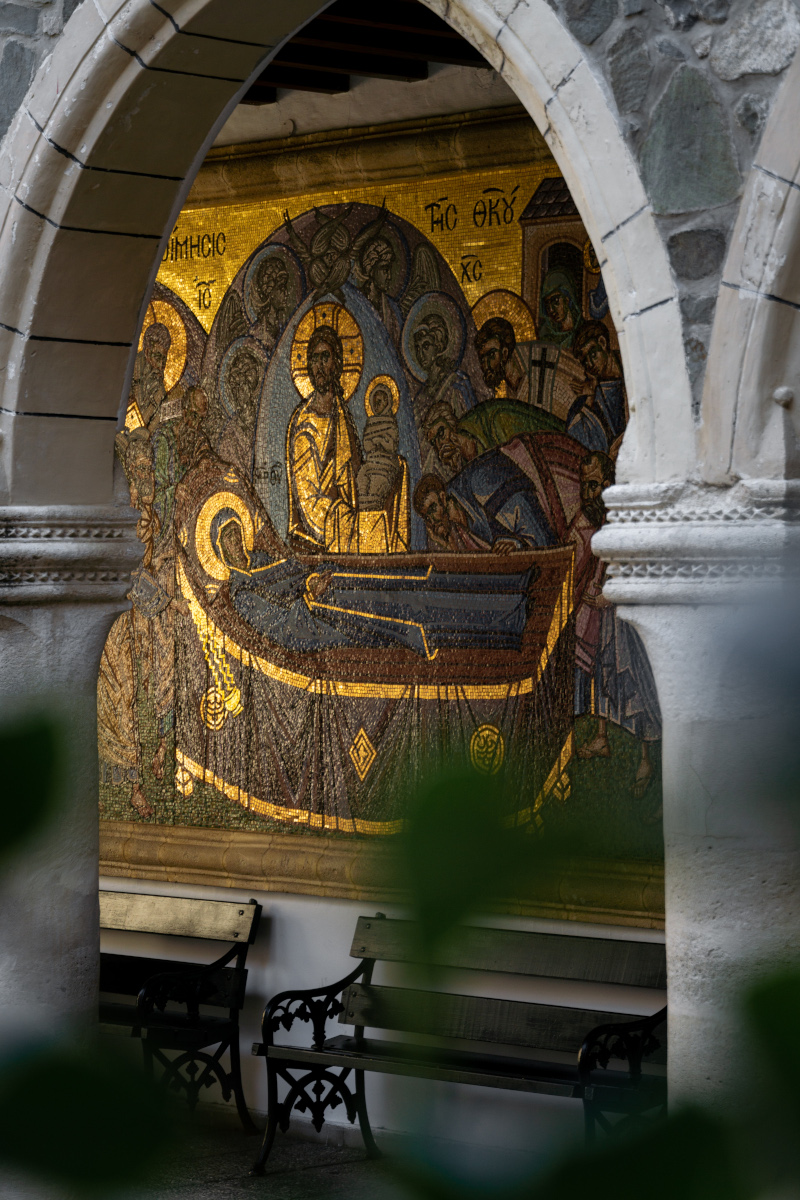Cyprus belongs geographically to Asia, but culturally and politically to Europe. The small island state is located in the eastern Mediterranean Sea and is the third largest Mediterranean island. Although there are optimal conditions for tourism here, Cyprus is often underestimated as a travel destination. Yet the country offers a variety of opportunities to create an unforgettable vacation. Cyprus’ turquoise lagoons and bays are legendary. Because in the past, the gods supposedly came to the beaches to bathe here. In fact, the Mediterranean Sea around Cyprus has the highest water temperatures in the region, making a beach vacation possible almost year-round. Agia Napa in particular is known for its fantastic beaches, but the bays on the Akamas peninsula or in the northeast are also paradisiacal. But you will also be able to experience a diverse culture in Cyprus. There are many excavations of ancient buildings and sites all over the island. Especially impressive are the excavations of Kourion and the royal tombs in Paphos. Furthermore, there are impressive monasteries all over the country, many of which are UNECSO cultural heritage sites. Those who prefer nature will not be disappointed. In the Troodos Mountains in the interior of the country, countless hiking trails lead over the breathtaking peaks of the Cypriot mountain landscape. But also on the wild coastal stretches, coastal hikes lead over the steep cliffs of the island. As you can see, there are plenty of reasons to travel to Cyprus. On my travel blog, I show you the island as I experienced it. In this blog post and travelogue I have compiled the 30 most beautiful sights of Cyprus. Enjoy reading and get inspired for your own trip.
Highlights of Cyprus
On my road trip through Cyprus, I met many wonderful places, incredible landscapes, and lovely people. During my 11-day round trip in Cyprus I saw great sights and attractions and have collected the most impressive travel destinations in my blog.
My trip through Cyprus starts with the most beautiful destinations on the coast and the sea. In Cyprus you can expect beautiful bays and beaches, spectacular cliffs, and bizarre rock formations. Especially popular attractions are the Aphrodite’s Rock or the Bridge of Love at Agia Napa. My highlight on the Cypriot sea, however, was the coastal hike at Cape Aspro.
There are a lot of cultural sights in Cyprus. Especially the excavations of ancient buildings and cities are popular with tourists. Other tourist attractions are abandoned villages and the ruins of medieval buildings in the mountains. My highlight was the impressive tombs of the kings in Paphos.
In the valleys of the Troodos Mountains, countless mountain villages await you, each with its own charm. Some are far from tourism and others are among the most popular destinations in Cyprus. One thing is for sure: in the mountain villages of Cyprus, you will experience unforgettable moments even without the famous sights.
In Cyprus there are nature experiences and natural spectacles like you wouldn’t expect. If you like hiking, you will have a lot of fun on the island. Hiking trails lead over the tops of mountains or through deep gorges to popular sights. The varied hikes are a highlight in themselves, but my favorite were the views along the Madari Trail in the Troodos Mountains.
Churches and monasteries with UNESCO World Heritage status are popular travel destinations in Cyprus and are flooded with tourism, mainly because of the typical frescoes. But there are also lesser-known sights such as cave churches or barn-roofed churches in Cyprus. Near Limassol, there is even a church under water with only the steeple sticking out of the reservoir.
1. Akrotiri Dunes
Akrotiri is a small peninsula and the southernmost part of Cyprus. Politically, however, the peninsula belongs to the British Overseas Territory of Akrotiri and Dekelia. An attraction on the peninsula is the Limassol Salt Lake, where thousands of migratory birds gather in the winter months. But there is also an attraction waiting on the coast. The Akrotiri Dunes are located on the western side of the peninsula. There you will find a small desert landscape directly at the sea. Additionally, there is also a beautiful beach with turtle nests. Tourists come only few.
Getting to Akrotiri Dunes
The best place to park your rental car is the free parking lot of the Saint George Chapel. From there, sandy roads, which should only be used with an SUV, lead in all directions. I found the right way to the dunes with the help of a GPS map. The walk takes about 15 minutes. However, the nearest bus stop is called “Akrotiri Community Board”. Information can be found on the website Cyprus by Bus
Tips for your visit to Akrotiri
You won’t find any shade here, so you’d better take some headgear with you. Also, the strong wind on this coast will sweep the fine sand in your face. There is a British military base inland. Do not take any pictures of military facilities!
2. The steep cliffs at Cape Aspro
The length of the coast of Cyprus is 670 kilometers. Probably the most spectacular section is Cape Aspro in the south of Cyprus, which is located in front of the town of Pissouri. There is a great hiking trail over Cape Aspro that promises breathtaking views. The white cliffs plunge more than 200 meters in places and, together with the Mediterranean Sea, conjure up a beautiful landscape. The narrow Cape Aspro Trail leads directly over the steep cliffs and runs in sections along the precipice. Not for the faint of heart, but the adventure is yours for sure! For me, this coastal hike was an absolute highlight on my round trip through Cyprus. If you want to learn more, feel free to check out my blog post about the Cape Aspro Trail.
Getting to Cape Aspro
The starting point of the hike at Cape Aspro Trail is the beach in Pissouri, where there is a free parking lot. A drive from Limassol or from Paphos to Pissouri beach takes about 30 minutes. From Paphos bus line 630 goes to Pissouri beach. Bus line 70 goes from Limassol to Pissouri, but not to the beach. Therefore, it is necessary to change buses in Pissouri.
Tips for your visit to Cape Aspro
The climb is not very strenuous but requires surefootedness and a head for heights. Because the paths are stony, unmarked and run partly directly along the abyss. In addition, there is nowhere to find shade or places to stop for refreshments. Take a bathing suit with you because there is the possibility to swim at some bays. You can find versatile accommodation directly at the beach or in the city of Pissouri*
3. Aphrodite’s Rock
On the southwestern coast of Cyprus lies a rock in the Mediterranean Sea, also known as Petra tou Romiou. According to legend, the ancient goddess of beauty and love rose from the sea in this bay. Hence the name Aphrodite’s Rock. This place is a real tourist magnet, because everywhere is advertised with the Aphrodite’s Rock. Tourist buses head for this sight every day. Granted, the bay and the interesting rock formations are beautiful, but there are more beautiful bays that are not overcrowded. In my opinion, a visit is still worthwhile, because the attraction is located on the main road of Cyprus anyway.
Getting to Aphrodite’s Rock
Directly on the coastal road B6 is a free parking lot, which can be full at peak times. There is a café and a small pedestrian tunnel that leads you from there to the beach. Additionally, there is also a bus stop at the parking lot, which is served by bus line 630 and 631 from Paphos or Pissouri.
Tips for your visit to Petra tou Romiou
The bay is a popular tourist attraction in Cyprus and is accordingly very crowded. Come best at sunrise when most tourists are still asleep. I was here at 6:30 and had the beach to myself. Although the atmosphere here was mystical in the morning, I could not discover Aphrodite, however, unfortunately.
4. Coastal path Paphos
Paphos is the fourth largest city in Cyprus and is located in the southwest of the island. The port city is located on the coast, along which runs a beautiful coastal path. In the southeast, this runs along many beaches, merges into the central tourist promenade, and then continues north as the Coastal Broadwalk to the Tombs of the Kings Paphos. Along the way, several sights await you, such as the Paphos Fort, the tourist port or the Archaeological Park. Shopping, cafes, and restaurants are waiting along the way. So, these are lively places that you should not miss on your tour of Paphos.
Getting to Paphos
There is a huge free parking lot on the promenade next to the Archaeological Park. But also, the bus service in Paphos is well developed. Paphos is also home to one of Cyprus’ international airports*
Tips for your visit to Paphos Coast
You can combine your walk along the coast with a visit to the Archaeological Park. If you like hiking, I recommend taking the coastal path from the port to the tombs of the kings (5 km). The city offers a wide range of accommodation. Under the following link you will surely find a suitable accommodation for you*
5. Edro III Schiffswrack
Edro III is a Sierra Leone-flagged cargo ship that was wrecked on the coast of Cyprus in 2011. Today the shipwreck is a popular tourist attraction. It is located in a small bay 15 kilometers northwest of Paphos. In the rocky bay you can swim and enjoy the sea. Especially at sunset, tourists come here to admire the whimsical Edro III shipwreck in the beautiful surrounding landscape.
Getting to Edro III
The shipwreck is located on the coast of Peyia. Parking is available at the roadside. The bus stop “Agios Georgios Pegeias 17”, 1.5 kilometers away, is served by bus line 616 from Paphos.
Tips for your visit to Edro III Shipwreck
Especially at sunset a visit is worthwhile, because the wreck looks especially beautiful in the evening sun. I was on site at night to photograph the stars. Unfortunately, the Milky Way was no longer so clearly visible in the sky in November, but it was still very worthwhile. Take your flashlight with you!
6. The bays of the Akamas peninsula
In the west of Cyprus is the Akamas Peninsula, which is also a huge national park. The untouched nature is especially popular with hikers, but the paradisiacal bays also attract many tourists. Especially recommended are the Blue Lagoon, the Fontana Amorosa, and the Amphitheater Bay. The two hiking trails Aphrodite Trail and Adonis Trail run along these turquoise bays and then over the mountains of the hinterland. Whether it’s nature or the beach, you’ll find it here.
Getting to the north of Akamas
A good starting point is the Baths of Aphrodite, located about 10 kilometers west of Polis. There is a free parking lot. The road along the coves is stony and sandy and can only be used with a suitable SUV. Bus No. 622 also runs from Polis to the Baths of Aphrodite.
Tips for your visit in Akamas peninsula
To explore the bays, it is advisable to rent a quad, because the road is not passable with a normal car. In any case, think of bathing suits. Latsi, for example, is a good place to spend the night. I stayed at the Aphrodite Beach Hotel* which is only one kilometer away from the baths, and I was very satisfied.
7. White rocks near Monagroulli
In the south of Cyprus, about 15 kilometers east of Limassol, there is a small beach called Agios Georgios Alamanou. The attraction about this beach are the white rock formations that lie along the coast. They owe their white color to the limestone. Here you can lie relaxed on white stones and look at the turquoise sea. The small bays, where white rocks form caves, invite you to swim.
Getting to the white rocks
From the coastal highway A1, take the road F119 and after 3 kilometers you will reach the beach Agios Georgios Alamanou. There is a restaurant and a large parking lot. The white stones are on the right side. A bus stop is not to be found far and wide, which is why the journey by bus is unfortunately impossible.
Tips for your visit to the white rocks
In sunny weather, the white stones are extremely dazzling, so it’s best to think of sunglasses. Swimwear should also not be missing. Nearby is the monastery of Agios Georgios Alamanou. I have not been there myself, but I was told that the sunset from there is very beautiful.
8. Promenade in Larnaca
Like the port city of Paphos, Larnaca also has a coastal path. On the way, several sights await you, such as the medieval fort of Larnaca, the port or the Turkish quarter. Shopping, cafes, and restaurants await you along the way. The entire route runs along beaches, such as the main beach Finikoudes or Mackenzie Beach. Last is known for low-flying airplanes because the beach ends directly in front of the airport area.
Getting to Larnaca
There are several parking lots in the center, but most of them are chargeable. But also, the bus service in Larnaca is well developed. Larnaca is also home to one of Cyprus’ international airports*
Tips for your visit to the coast of Larnaca
You can combine your walk along the coast of Cyprus with a visit to the Lazarus Church or the Turkish Quarter. If you want to take pictures of the airplanes at Mackenzie Beach, do not go behind the fence. The police control there and impose heavy fines. The city offers many attractions, but also versatile accommodation. Under the following link you will surely find a suitable accommodation for you*
9. Love Bridge Ayia Napa
The tourist center of Cyprus is in Ayia Napa. Here, hotel complexes, crowded beaches and nightclubs are lined up next to each other. Away from the city, however, paradisiacal beaches and turquoise-blue bays await you in the region. A coastal hiking trail leads from Agia Napa to Cape Greco. Not far from the town is a rock formation known as the Bridge of Love. In fact, especially at sunset, you’ll find hundreds of couples here having their picture taken in front of this attraction. In any case, the surroundings are beautiful.
Getting to the Love Bridge
The rock formation is located east of Agia Napa and is easily accessible by car and bus. A free area for parking is located directly on the road in front of the sight. The nearest bus stop is called “Kryou Nerou Ave – Marina Hotel”.
Tips for your visit to the bridge of love
This place is a popular tourist attraction and accordingly very crowded. I was here at sunrise and met only one other person. If you like hiking, I recommend the coastal trail from Agia Napa to Cape Greco. This leads past the Lovebridge and other attractions.
10. Sea caves near Ayia Napa
If you follow the coastal path described above, it will take you past Ammos Kambouri Beach, Limnara Beach and Rocky Bay. Finally, you will reach the sea caves that form a beautiful bay. The sea shines in turquoise blue colors and invites you to swim. This beautiful bay is rightly a popular sight in Cyprus. Despite the many visitors, a visit to the sea caves of Agia Napa is worthwhile.
Getting to the sea caves of Ayia Napa
There are 3 parking lots at the bay, but they can only be reached via a gravel road. Parking is free of charge. The bus stop “Sea Caves” is located on the main road and is served by bus line 102. It is about 700 meters to the bay.
Tips for your visit to the sea caves
My most important tip: Take bathing clothes! If you like hiking, I recommend the coastal trail from Agia Napa to Cape Greco. It leads past the sea caves and other attractions. Agia Napa is a good place to spend the night. Under the following link you will surely find a suitable accommodation for you*
11. Cape Greco
Cape Greco is the easternmost point of Cyprus and the southernmost of Famagusta Bay. Here you can expect several beautiful bays and lagoons, spectacular sea caves and rugged cliffs. From the Cape Greco viewpoint, which is located on a hill in the west, you have a wonderful view of the entire cape. Especially the Blue Lagoon is a popular attraction. When the wind blows, meter-high waves crash against the rocks here.
Getting to Cape Greco
A narrow road leads from the Cape Greco Visitor Center towards the cape. Free parking is available at the sights directly at the roadside. You can take bus no. 102 to the bus stop “Kavo Gkreko” at the visitor center.
Tips for your trip to Cape Greco
If you like hiking, I recommend the coastal trail from Cape Greco to Ayia Napa. It passes the sea caves, the Bridge of Love, and other attractions. It is also possible to take the idyllic coastal path from Cape Greco towards Protaras.
12. Neolithic settlement Chirokitia
Chirokitia is an archaeological site located near Larnaca. It is one of the most important prehistoric sites in the eastern Mediterranean and is part of the UNESCO World Heritage Site. The highlight of this site are the reconstructed white round huts in which the inhabitants lived in the Neolithic period. A circular route leads through the settlement and shows interesting insights into prehistoric life.
Getting to Chirokitia
Chirokitia is located directly on the A1 coastal highway. At the entrance there is a free parking lot, as well as the bus stop “Choirokoitia Neolithic Settlement”. This is served by bus lines 401, 402, 403 and 451.
Tips for your visit to Chirokitia
In the winter months the excavation site is open from 8:30 am to 5 pm, in the summer until 7:30 pm. The entrance fee is 2.50 €. I was at Chirokitia half an hour before closing and had the site to myself. At the top of the circuit, you have a great view of the coast of Cyprus. For more information, visit the official website.
13. Excavations of Kourion
Kourion is an archaeological site located in the north of the Akrotiri Peninsula. These are the excavations of the ancient city-kingdom of Kourion. On display are several floor mosaics, a gladiator house, the house of Achilles and a huge basilica. There is also an impressive amphitheater facing the sea. Since Kourion is located on an elevation, the view here is particularly spectacular. A bit outside are the sanctuary of Apollo Hylates and the ancient stadium of Kourion.
Getting to Kourion
The excavation site is located directly on the coastal road B6. At the entrance there is a barrier and a ticket office. There you have to buy a ticket (4.50 €) before the barrier opens to the parking lot. Near the entrance there is also the bus stop “Agios Ermogenis”, which is served by bus line 16 and 18.
Tips for your visit to Kourion
In the winter months the excavation site is open from 8:30 am to 5 pm, in the summer until 7:30 pm. The entrance fee is 4.50 €. South of the Agora, a circular path leads along the cliffs facing the sea. From here you have a great view of the coast of Cyprus. For more information, visit the official website.
14. Archaeological Park of Paphos
The Archaeological Park is an excavation site of the ancient city of Paphos and is part of the UNESCO World Heritage Site. A circular route leads through the site and shows interesting insights into ancient life. The highlight of this site is the well-preserved floor mosaics found in the Roman villas. Especially the three villas of Aion, Theseus and Dionysus are impressive. Other attractions in the Archaeological Park are an agora, an amphitheater, the Basilica of Chrysopolitissa and the fortress of Saranda Kolones.
Getting to the Archaeological Park
There is a huge free parking lot on the promenade next to the Archaeological Park. But also, the bus service in Paphos is well developed. Paphos is also home to one of Cyprus’ international airports*
Tips for your visit to the Archaeological Park
In the winter months the excavation site is open from 8:30 am to 5 pm, in the summer until 7:30 pm. The entrance fee is 4.50 €. It’s a huge site, so be prepared for long walks. You won’t find much shade here, so it’s best to remember some headgear. For more information, visit the official website.
15. Tombs of the Kings of Nea Paphos
The Tombs of the Kings in Paphos are a votive site from the Egyptian-Ptolemaic phase in Cyprus and are part of the UNESCO World Heritage Site. A circular route leads through the large site and shows interesting insights. The highlight of this site are the 8 well-preserved tombs, built of sandy limestone. At most of the tombs it is possible to descend into the underground burial chambers. Inside you can expect an imposing architecture with many columns and arches.
Getting to the Tombs of the Kings
The tombs are located 2.5 kilometers north of the promenade in Paphos. There is a huge free parking lot right in front of the entrance to the tombs. Additionally, there are also two bus stops “Tomb of the kings” within walking distance from the entrance of the site.
Tips for your visit to the Tombs of the Kings
In the winter months the excavation site is open from 8:30 am to 5 pm, in the summer until 7:30 pm. The entrance fee is 2.50 €. You can find more information on the official website. I recommend visiting in the early morning hours, as this attraction is overrun with tour groups from 10 am. If you like hiking, I recommend taking the coastal trail from the Tombs of the Kings to the Archaeological Park (5 km).
16. Venetian bridges in the Troodos Mountains
Several trade routes ran through the Troodos Mountains in the Middle Ages, transporting goods from the north of Cyprus to the ports in the south. Arched stone bridges were built to cross the Xeros and Diarazos rivers. In the Troodos region there are several of these Venetian bridges. In particular, the Roudia Bridge, the Tzelefos Bridge, and the Elias Bridge are very well preserved and still crossable. Nowadays there is a hiking trail along the old trade routes and small recreational areas at the bridges.
Getting to the Venetian Bridges
The bridges are located on the Kaminaria mountain road in the Troodos Mountains. While the Tzelefos bridge is at the Arminou reservoir, the Elias bridge is 3.5 kilometers to the northeast. Parking is available right on the road. Be careful when getting there because the mountain road is narrow and curvy. You have to expect falling rocks and stones lying on the road. Unfortunately, the Venetian bridges are not accessible by public transport.
Tips for your visit to the bridges
If you like hiking, I recommend taking the trail along the old trade route. The hike starts in Vretsia, passes the three bridges (Roudia, Tzelefos and Elias) and ends in the village of Treis Elies (22 km).
17. Ghost village Agios Sozomenos
Agios Sozomenos is an abandoned village in the Nicosia region and is located on the Green Line of Cyprus. In the past, Cypriot Turks and Cypriot Greeks lived peacefully together there. In the course of history, there were intercommunal clashes between the two groups, which resulted in the dissolution of the village. Nowadays Agios Sozomenos is considered a place of interest. Especially the beautiful ruins of Saint Mama Church attract tourists.
Getting to Agios Sozomenos
The abandoned village is located between Nicosia and Larnaca near the A1 highway. An asphalt road leads to the village. The nearest bus stop is in the village of Potamia, 3 kilometers away.
Tips for your visit to Agios Sozomenos
At sunset, the ruins of Agios Sozomenos look especially magical, and become great photo opportunities. The village is located directly on the Green Line. Don’t get the idea to hike in its direction.
18. Mountain village Pano Lefkara
Pano Lefkara is only a small mountain village, but a popular tourist destination in Cyprus. The village is world famous for its silver crafts and embroidery. Older ladies with embroidery on their laps sit in front of the souvenir stores and offer insights into the art of the craft. But the real attraction of Pano Lefkara are the small alleys of the village, which have been lovingly prepared for visitors. Postcard motifs can be found here on every street corner.
Getting to Pano Lefkara
Pano Lefkara is located about 12 kilometers north of Chirokitia in the foothills of the Troodos Mountains. The road E143 leads from the coastal highway to the village. There are several paid parking lots in Pano Lefkara. In addition, there are several bus stops in the village, served by bus lines 55, 405 and 449.
Tips for your visit to Pano Lefkara
Southwest of the village there is a small church on a mountain. From there you have a fantastic view of Pano Lefkara and the Troodos Mountains (see picture). Into the mountain village whole busses come driven, from which tourist masses stream into the lanes. I recommend travelling to Pano Lefkara as early as possible. In Pano Lefkara there are many accommodations. I myself stayed at Kozakos Luxury House* and was very satisfied.
19. Pedoulas
If you like it more authentic, you should visit the mountain village Pedoulas. There are no beautifully decorated alleys, but there is real life in the mountains of Cyprus. And admittedly, the small streets in Pedoulas have their own charm. There are many churches in the village, such as the barn-roofed Church of St. Michael the Archangel, which has beautiful frescoes inside. To the west of the village, there is a white cross 25 meters high on a mountain. If you follow the small path up there, you will come to a magnificent viewpoint that promises breathtaking views over Cyprus.
Getting to Pedoulas
Pedoulas is located 5 kilometers northwest of Mount Olympos and can be reached via the mountain road E912. There is a free parking lot behind the Two Flowers Café. In addition, there is a bus stop in Pedoulas, which is served by bus line 35. Be careful, the road to the village is very curvy and falling rocks are to be expected.
Tips for your visit to Pedoulas
East of Pedoulas there is a hidden hiking trail that leads to a small paradise. At Vryssi Poumi you come to several small waterfalls in the middle of an idyll. In Pedoulas there are many accommodations. I myself stayed at Christys Palace Hotel* and was very satisfied. I used Pedoulas as a starting point for my hike on the Artemis Trail and my visit to the Venetian Bridges as well.
20. Avakas Gorge
A very popular sight in Cyprus is the Avakas Gorge, located in the southwest of the Akamas Peninsula. A hiking trail leads through the narrow gorge, which is only 2 meters wide in places and has rock walls over 30 meters high. In the narrowness one becomes aware of the superiority, but also beauty of nature. A great experience! Most tourists turn back after the main gorge, but there is also the possibility to do a spectacular circular hike through the gorge. If you want to learn more, feel free to check out my blog post about my circular hike through Avakas Gorge.
Getting to Avakas Gorge
There are three free parking lots at Avakas Gorge, although the parking lot at the entrance can only be reached with an SUV. From White River Beach, the road is no longer paved, so it is slow going. Unfortunately, the nearest bus stop “Ag Georgiou Pegias 9” is 3 kilometers from the entrance of the gorge.
Tips for your visit to Avakas Canyon
Think of waterproof shoes! The rocks at the bottom are slippery, stones can fall into the gorge and sudden rainfall can turn the small stream into a raging torrent. Do not hike into the gorge when it is raining or after a heavy rainfall. Watch out for goats walking on the slopes and pushing stones downhill.
21. Waterfalls in Troodos Mountains
As in every mountain range, there are also some waterfalls in the Troodos Mountains. In the region around Pano Platres there are three impressive waterfalls, which I visited during my trip through Cyprus. The most popular are the Caledonian Waterfalls. An idyllic nature trail leads along a river and small waterfalls to the main waterfall, which plunges 13 meters into the depths. Millomeris waterfall is located nearby and is 15 meters high. There is a hiking trail to the waterfall there as well, but you can also park directly at the Millomeris Waterfall. Chantara Waterfall is further northwest and is 8 meters high. However, it is in no way inferior to the other waterfalls. All three waterfalls are popular sights in Cyprus and accordingly well visited.
Getting to the waterfalls
At the Caledonian Falls there are two free parking lots north of Pano Platres. Both are located directly on the B8 road. At the more southern parking lot there is also the bus stop “Platres Forest Station – Kalidonia”. After a 20-minute hike you will stand in front of the waterfall.
From Pano Platres a small hiking trail leads down to the Millomeris waterfall. However, there is also a parking lot directly at the waterfall, but it is a bit difficult to reach. East of the waterfall you have to turn off the B8 into a narrow road. After 500 meters you have to turn right again, and then you will reach the parking lot via a gravel road. The bus stop “Pano Platres Village Center” is closest to the Millomeris waterfall.
Chantara waterfall is located north of Foini village. In Foini you have to turn onto a gravel road that leads you directly to the waterfall. With a normal car the road is very slow. The bus stop “Foini Youth Center” is closest to the Chantara waterfall.
Tips for your visit to the waterfalls
When I was there in November, the rivers had little water. If you want to see lurid waterfalls, you should come in spring after the rainy months. All three waterfalls can be visited on marked hiking trails. You can find hiking routes in this recommendable hiking guide for Cyprus* For overnight stays the village of Pano Platres is the best place. Under the following link you will find a selection of accommodations*
22. Olympos – the highest mountain of Cyprus
Mount Olympos is the highest mountain in Cyprus and is named after Mount Olympus, the seat of the gods in Greek mythology. Around the summit leads the Artemis Trail, which owes its name to the goddess of the forest. In fact, nowhere are there more forests than in the region around Mount Olympos. Accordingly, the Artemis Trail runs for about 1850 meters in altitude through beautiful black pine forest but allows spectacular views of the Troodos Mountains at almost every turn. It is the highest hiking trail in Cyprus and panoramic views of almost the entire island can be experienced. If you want to learn more, feel free to check out my blog post about my visit to Mount Olympos.
Getting to Mount Olympos
Mount Olympos is located in the heart of the Troodos Mountains near the namesake village of Troodos. On a road leading to the summit, there is a free parking called “Artemis Trail”. Additionally, there is a bus stop in the village of Troodos, which is regularly served by buses from Limassol or Nicosia.
Tips for your visit to Mount Olympos
Be careful, between December and March there is usually snow on Mount Olympos. At the turn to the summit there is a glass viewing platform where you can see all the way to the sea. On the summit there is a military station of the British, which is why the top of Mount Olympos is closed to the public. Don’t get the idea to take pictures of the facility.
23. Views on the Madari Trail
The Madari Circular Trail is a high-altitude hiking trail that leads over the mountains of the Troodos range. Here you are guaranteed panoramic views of the entire region. Especially the fire station on the Madari promises spectacular views of the landscape. Because of this, Cyprus has created a beautiful circular hiking trail that shows tourists and hikers the beauty of the mountains. For me, this hike was an absolute highlight of my round trip through Cyprus. If you want to learn more, feel free to check out my blog post about my hike on the Madari Trail.
Getting to Madari
There are four free parking lots along the Madari Circular Trail. However, the most reasonable place to start is at Doxa sio o Theos Pass. Additionally, a bus stop is located in Kyperounta village at the hospital. From there it is a 2.4 km walk to Doxa sio o Theos Pass.
Tips for your visit to Madari
If the hike (12.5 km) is too long for you, you can also just head for the fire station. There is the possibility to take the spectacular circular trail “Teisia tis Madaris” around the summit (3.5 km). No relevant hiking experience is needed to master the route, but respect for heights should be present. For the overnight stay the place Kyperounta offers itself above all. I myself stayed at the Livadia Hotel Kyperounta* and was very satisfied.
If you are looking for hikes in Cyprus, check out this book. I personally like this hiking guide series very much. The book is small and handy, offers useful information about hiking and detailed descriptions of the hikes. It has allowed me to discover great hikes in Cyprus that I would not have found without these books.
24. Oktipetra in Xyliatos
Xyliatos is a small mountain village in the Nicosia region. The village not only has a whimsical name, but also houses a bizarre sight and secret spot. Oktipetra is a mighty rock perched on a mountainside east of the center. This name means something like “standing rock” and indeed this rock formation rises 30 meters into the air. According to the village administration, it is a rare geological formation whose origin is not clear. I was very impressed by this natural spectacle and can highly recommend a visit to Oktipetra.
Getting to Xyliatos
Coming from Troodos Mountains you have to turn right from the main road in Xyliatos behind the crosswalk. After 400 meters turn left onto an unpaved road and after another 800 meters turn right. There is also a bus stop at the crosswalk in Xyliatos.
Tips for your visit to Xyliatos
In Xyliatos it is also worth visiting the Xyliatos Dam, around which a beautiful hiking trail leads. In spring the reservoir has the most water.
25. Larnaca Salt Lake
A true natural spectacle can be found southwest of the center of Larnaca. The 1500 hectare salt lake fits picturesquely into the city scene. In summer, the salt lake dries up completely and you can enter it. But in winter the lake fills up with water and many migratory birds spend the winter there. At this time, especially the pink flamingos attract residents and tourists to the idyllic Larnaca Salt Lake. There are many viewpoints there and even a beautiful circular hiking trail leads around the salt lake. The Hala Sultan Tekke mosque, which is well worth seeing, is also enthroned on the western shore.
Getting to Larnaca Salt Lake
There are several free parking lots around the salt lake. I parked in the residential area at Park Patticheio and got to the lake from there. Bus stops are located mainly on the B4 road that leads to the International Airport.
Tips for your visit to the salt lake
Especially at sunset there is a great atmosphere here. People sit on the shore or with picnic blankets on the salt lake and enjoy the picturesque landscape. I was there in mid-November and unfortunately could not spot any flamingos yet.
26. Saint Lazarus Church in Larnaca
In the center of Larnaca stands the Lazarus Church. In front of it there is a busy square and a beautiful street, which is prepared for tourists. The magnificent church was built in the 9th century in the style of Byzantine architecture. Under the foundation lies the tomb of St. Lazarus.
Getting to Saint Lazarus Church
Parking is available nearby at the roadside. In addition, there are several parking lots in the center, but some of them are chargeable. But also, the bus service in Larnaca is well developed.
Tips for your visit to the church
The Lazarus church can be visited daily free of charge. You can find more information on the official website. There are many accommodations in Larnaka. I myself stayed at the Hostel Past or Trail* If you want to meet people, this is the right place. For vegetarians, I recommend the friendly and delicious store Falafel T Kosher, which is located right next to the hostel.
27. Saint Nicolas church in Protaras
In Pernera on Famagusta Bay you will find a sight that you would rather expect to find in Greece. A snow-white church with blue doors and blue roofs by the sea. Saint Nicolas Church is located right on the coast next to Louma Beach and a fishing port. Not only tourists admire this attraction, but also many couples hold their wedding ceremonies at the beautiful scenery.
Getting to Saint Nicolas Kirche
At the port there is a small parking lot and the bus stop “Paralimni Port”. There is also a large parking lot at Louma Beach.
Tips for your visit to the church
Especially in the morning and evening hours it is worth visiting the church. A visit can best be combined with a beach day at Louma beach or Pernera beach. There are countless accommodation possibilities in Pernera and Protaras. You can find an overview under this link*
28. Agioi Saranta Cave Church
Between Ayia Napa and Protaras, a small church hides in a rock formation. A white facade with blue elements awaits you at the entrance of the natural cave. In fact, the colors are reminiscent of typical Greek buildings. Through the blue door you get inside, but in the cave it is quite bare. Only a few chairs and some symbols decorate the rock walls. Nevertheless, Agioi Saranta is a popular sight in Cyprus and is well worth a short visit.
Getting to Agioi Saranta
Only a stony off-road leads to the church, but it can be driven slowly with a normal car. However, Agioi Saranta is not signposted, and the road layout is confusing. There is a large lot at the attraction for parking. Unfortunately, you will look in vain for a bus stop in this area.
Tips for your visit to the cave church
The door to the cave is always open. When you leave, make sure that you close the door properly. If you like hiking: the European Long Distance Trail E4 passes Agioi Saranta only 200 meters away. Attention, the church borders on a small military zone.
29. Saint Nicholos Church in Alassa
Alassa is a small village 15 kilometers northwest of Limassol and is located on the edge of the Troodos Mountains. However, the original village was located where the largest dam in Cyprus is today. The ruins of the old town rest in the depths of the Kouris Dam, but the steeple of St. Nicholos Church still rises out of the water. A real sight to see. When the water level is low, even the entire church is visible. This was the case when I visited Alassa in November. If you only want to see the steeple, you have to come in spring.
Getting to Alassa
You can reach Alassa via the B8, which leads from Limassol to Troodos. Parking is available on the bank of the Kouris dam. In Addition, there is a bus stop in Alassa, which is located directly on the B8.
Tips for your visit to Alassa
I was expecting a church steeple rising out of the water. However, this spectacle can be admired only in spring after the rainy months. But the reservoir and Alassa also offer versatile tourist attractions outside this time.
30. Kykkos Monastery
In the middle of the Troodos Mountains at 1140 meters above sea level lies probably the most famous and powerful monastery in Cyprus. Kykkos Monastery was built in the 11th century but was destroyed by earthquakes and fires. The present monastery complex dates largely from the 19th century. Colorful frescoes and mosaics adorn the walls of the monastery, wooden staircases lead up to the balconies and magnificent stone arches decorate the facades. There are new details to discover at every turn. But the highlight of the monastery is the church, where photography is prohibited. Inside it looks like the gold reserves of Cyprus are stored here. Gilded iconostases, relics and statues are enthroned in front of the golden walls, where people walk by reverently.
Getting to Kykkos Monastery
The monastery is located in the middle of the mountains about 10 kilometers west of Pedoulas. In fact, the winding mountain road to the monastery alone is worth visiting this attraction. There is free parking directly at the monastery. In addition, there is also a bus stop at the monastery, which is served by bus line 46.
Tips for your visit to Kykkos Monastery
In the winter months the excavation site is open from 10 am to 4 pm, in the summer until 6 pm. Admission is free, only the museum costs 5 € entrance fee. Attention is paid to clothing. Long pants or knee-length skirts are mandatory. In case of need, habits are lent at the entrance.
If you are looking for a travel guide to Cyprus, check out this book. I personally like this travel guide series very much. The authors give travel tips especially for individual and low budget travelers. Moreover, not only the well-known sights are described, but also more unknown places are mentioned.
Entering Cyprus
Thanks to the membership in the European Union, the entry for EU citizens is possible without any problems and with an identity card.
There are several airports in Cyprus, but for international flights, Larnaca and Paphos are particularly relevant. From European cities, many airlines fly to the two cities. Direct flights are available, for example, from London, Berlin, Vienna, Athens, Moscow, or Budapest. The flight time is about 3-5 hours. For the flight search, I always use Skyscanner and have always been very satisfied with the bookings.
Public Transport in Cyprus
The country has a very poor bus network. There are intercity buses, city buses, and country buses. The former connects the major cities of Paphos, Limassol, Larnaca, Nicosia, and Agia Napa. With them you can get to the busy areas. City buses are well organized, especially in Paphos and Limassol. On Sundays and in the evening, however, the traffic is very limited. You pay the bus driver. Rural buses usually run only once or twice a day from the countryside to the city and back. You will need a lot of time if you want to visit remote areas by public transport. More information and timetables can be found on the website of Cyprus by Bus. There are no trains in Cyprus.
Cyprus by Car
You are most flexible with a rental car. This is also how I explored the island, as I wanted to travel mainly in remote areas. The road conditions in Cyprus are very good, but in some regions, there are only gravel roads. Cyprus has left-hand traffic! But you get used to it very quickly and you don’t have to be afraid of it.
Hotels in Cyprus
Tourism has long since arrived in Cyprus, so you will find many hotels, especially in the popular vacation regions. However, the country is mainly geared towards package holidaymakers. Accordingly, you will mainly find hotels in the popular tourist destinations. Many hotel operators were surprised that I wanted to stay only one night. Individual travelers, who constantly change the region, are rarely seen here. Simple and inexpensive private accommodations are hard to find on the coast. However, family-run guesthouses can be found in Cyprus mainly in rural areas and in the mountains of the country. But many of them stay away from the well-known online portals, so you will have to call in advance. It is difficult to book spontaneously on arrival. There is hardly any tourist information that can find you an accommodation. The easiest way is to book through the well-known booking portals.
Conclusion about the sights in Cyprus
The small island of Cyprus offers suitable travel destinations for every taste. There are typical sights and tourist attractions, but also unknown highlights. Furthermore, you will find a lot of natural spectacles in Cyprus. I personally visited all the sights mentioned in the blog article myself. All of them had their special charm and I don’t want to miss any attraction. My round trip through Cyprus lasted 11 whole days and I was able to enjoy all the destinations and was never rushed. However, this type of trip can only be done with a rental car. I couldn’t have visited half as much in that time using public transportation. As you could see, there are a lot of attractions in Cyprus.
I hope you enjoyed my travelogue about the sights of Cyprus. On my Cyprus Blog I show you other beautiful travel destinations in Cyprus and share valuable tips and experiences for your trip to Cyprus. Did you like my blog post? Was I able to help you? Then I would be happy if you recommend my travel blog, leave a comment, or follow me on Instagram. Thanks for reading and have fun on your vacation in Cyprus.
Other travel destinations in Cyprus
The references marked with an asterisk (*) are so-called commission links. If you click on such a referral link and buy something, I get a small commission from the provider. For you, the price does not change! I see it as a small thank you for my work and look forward to any support.




